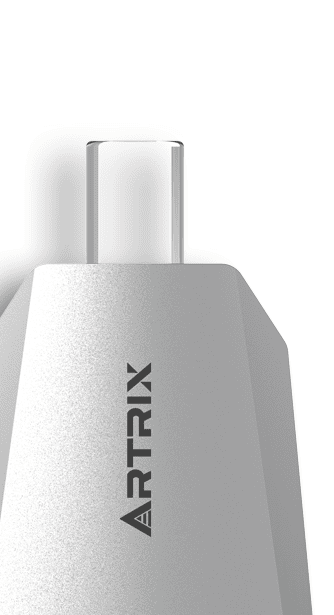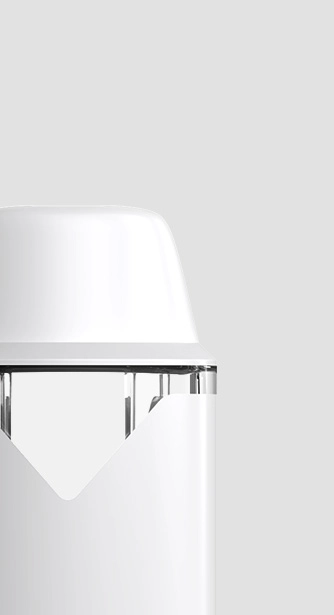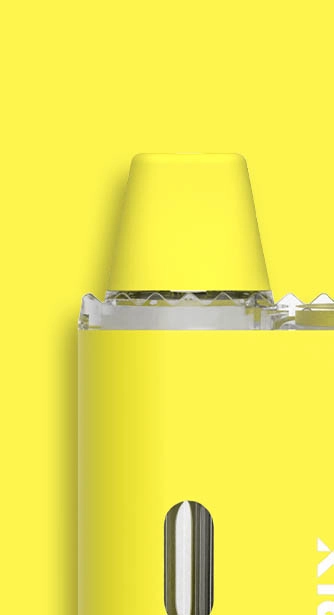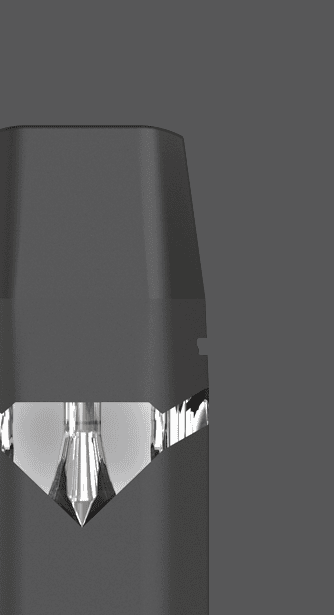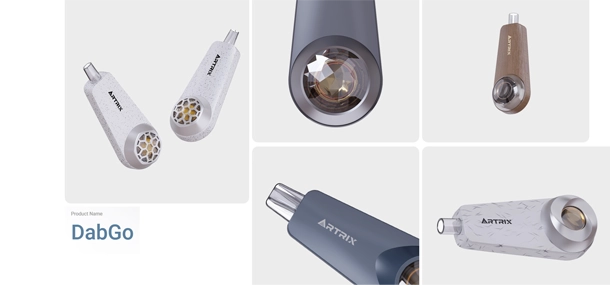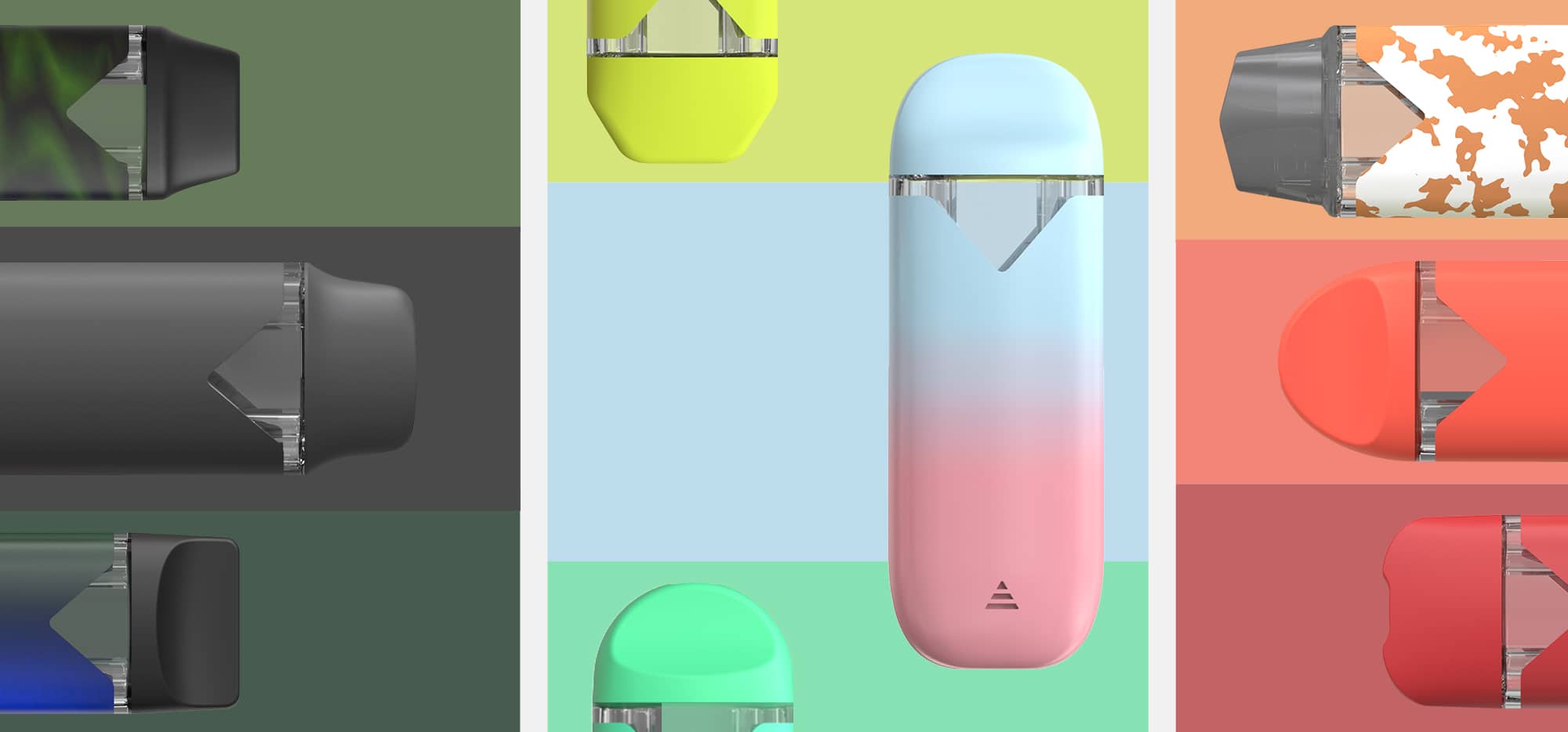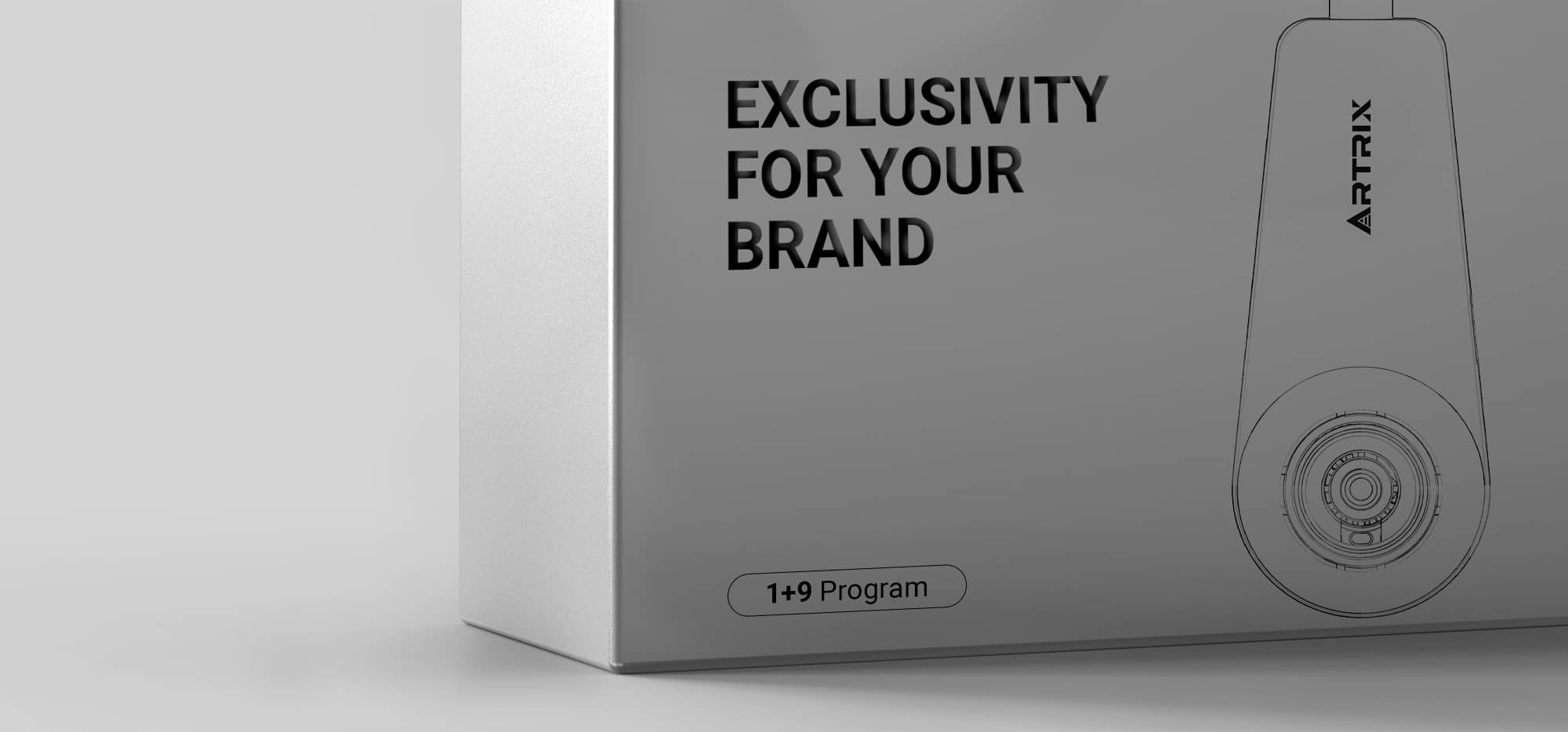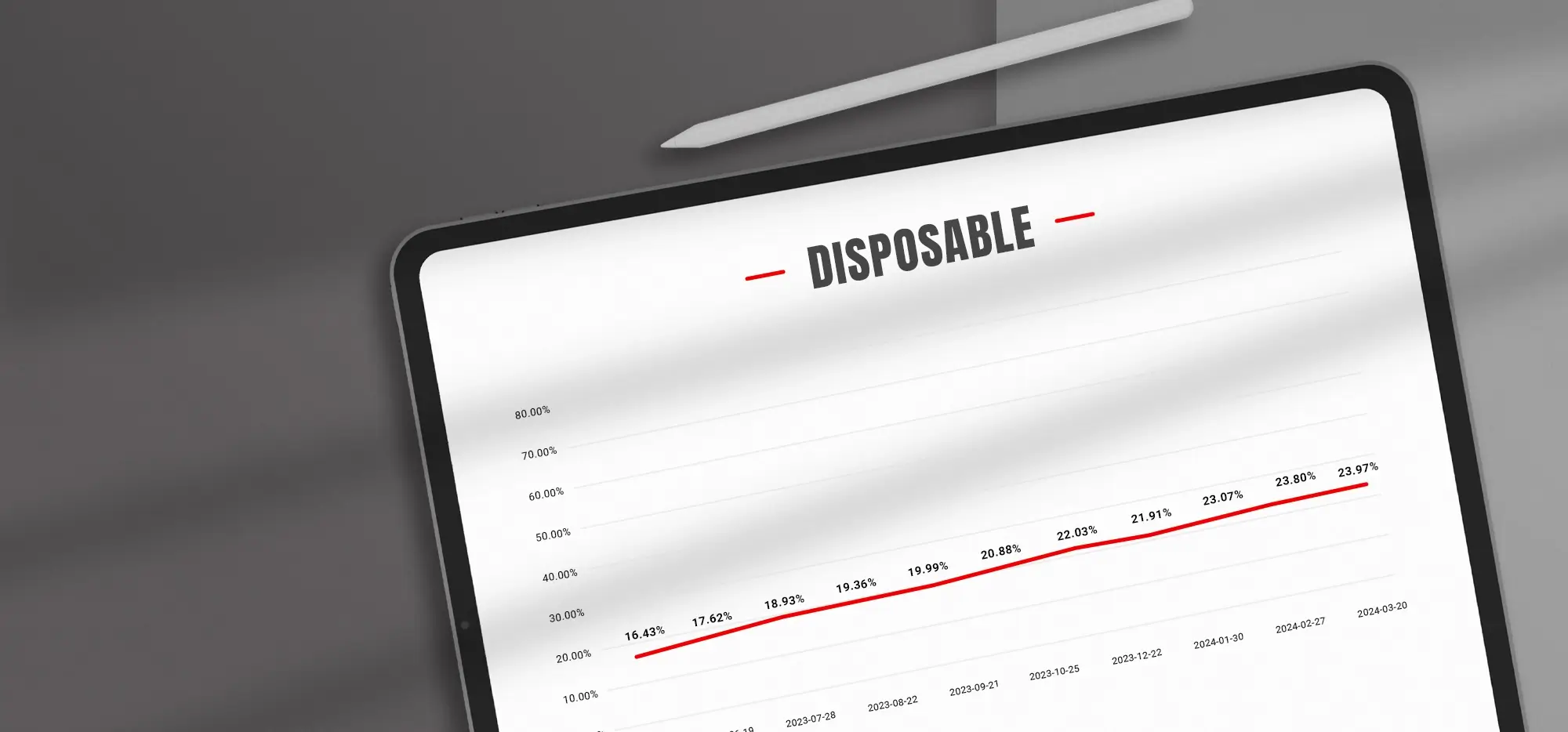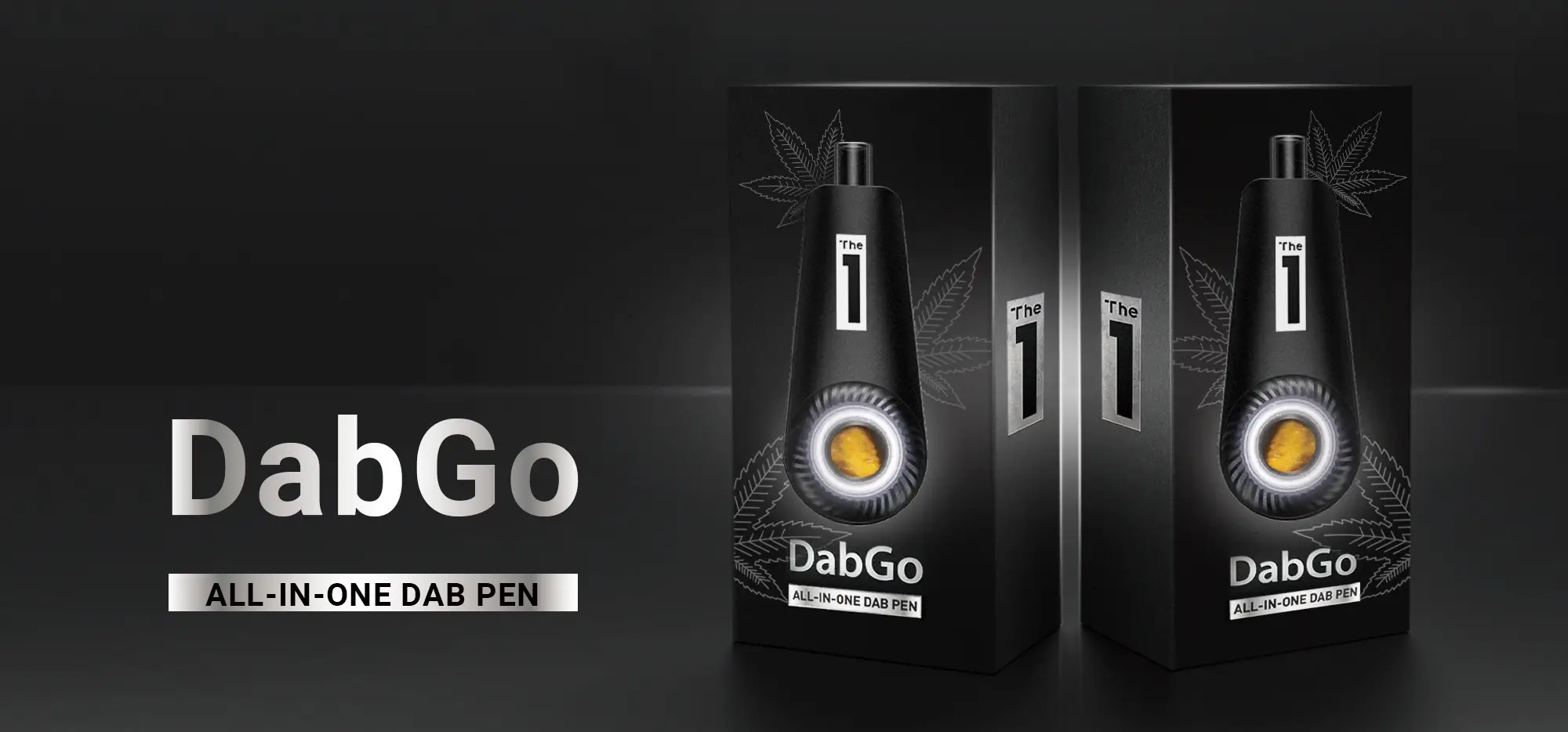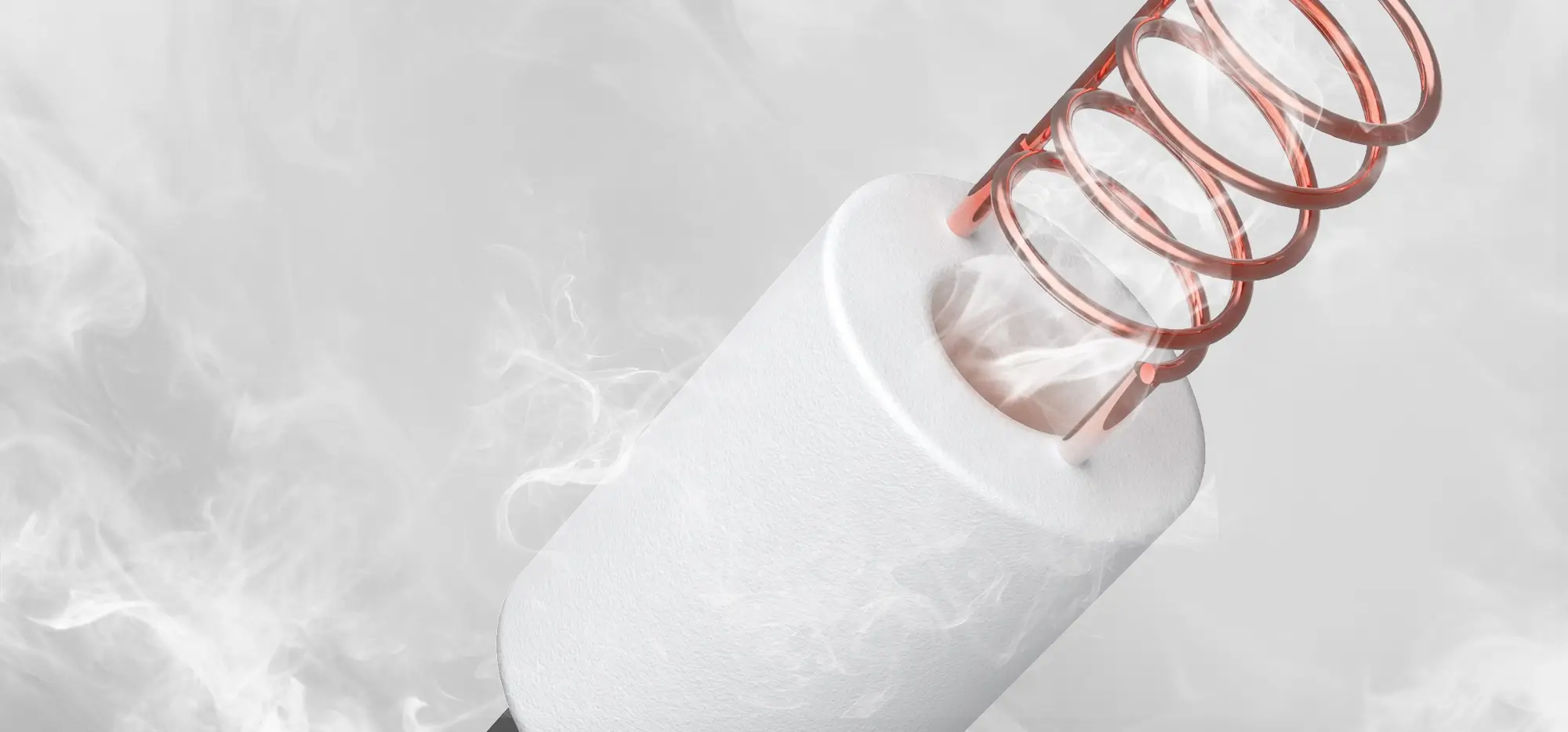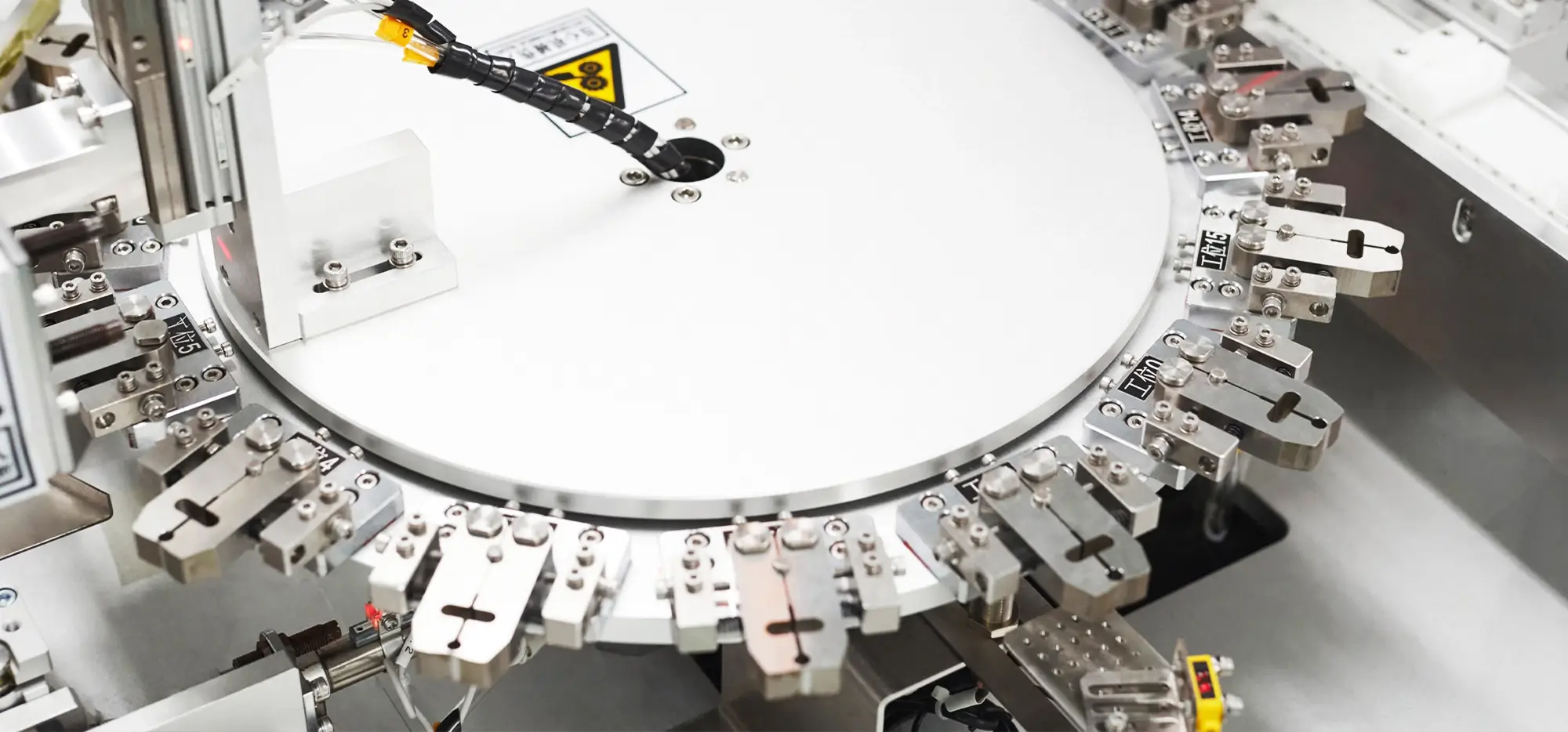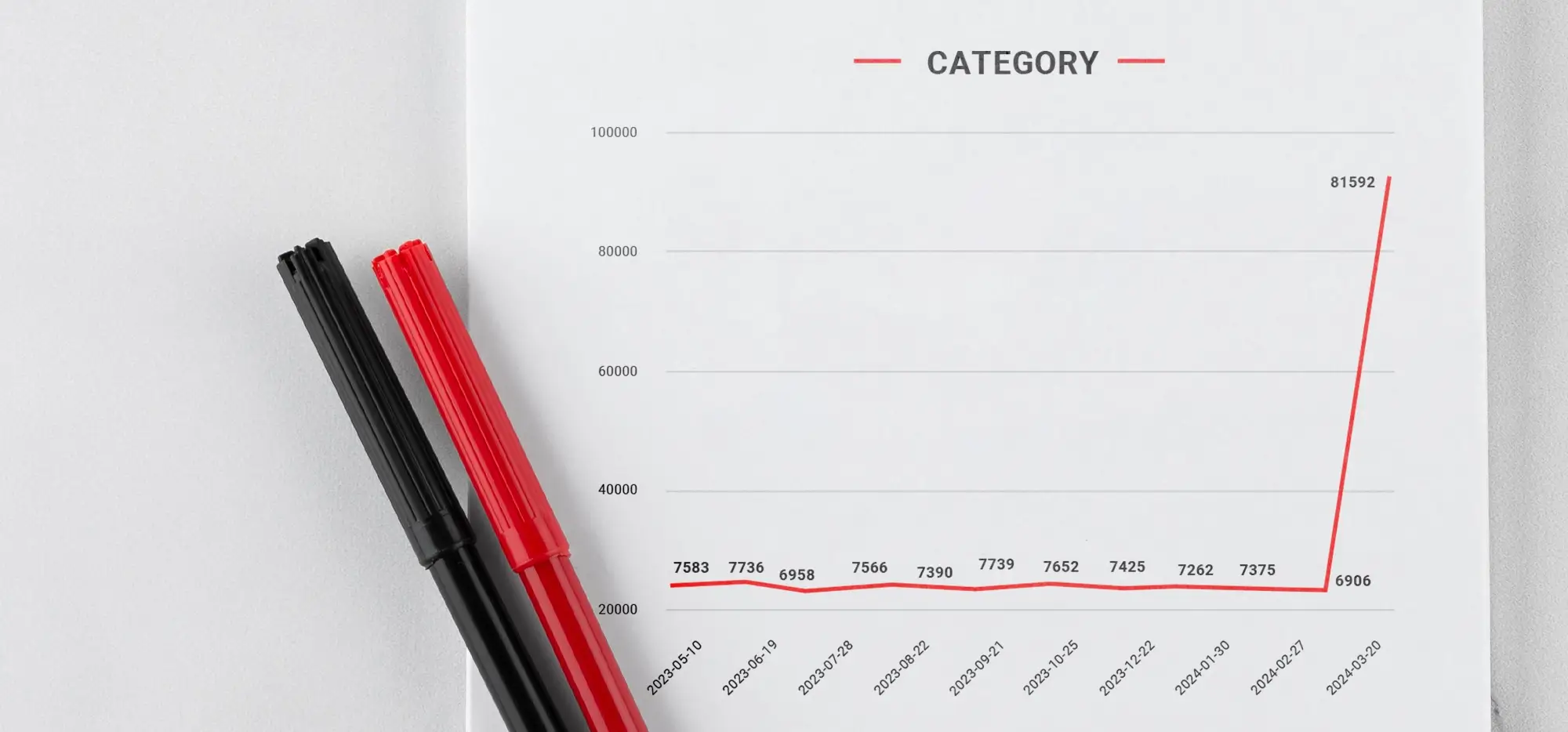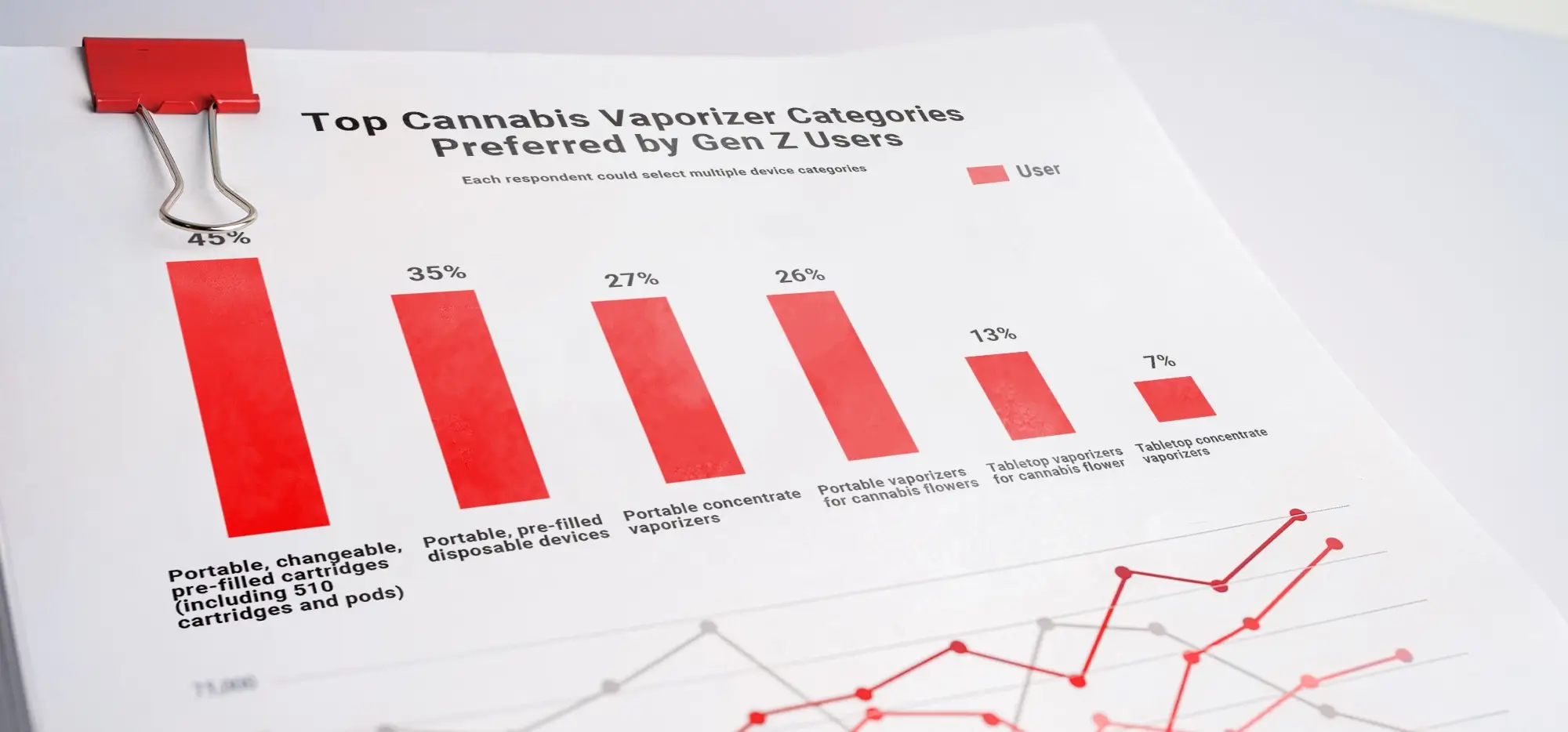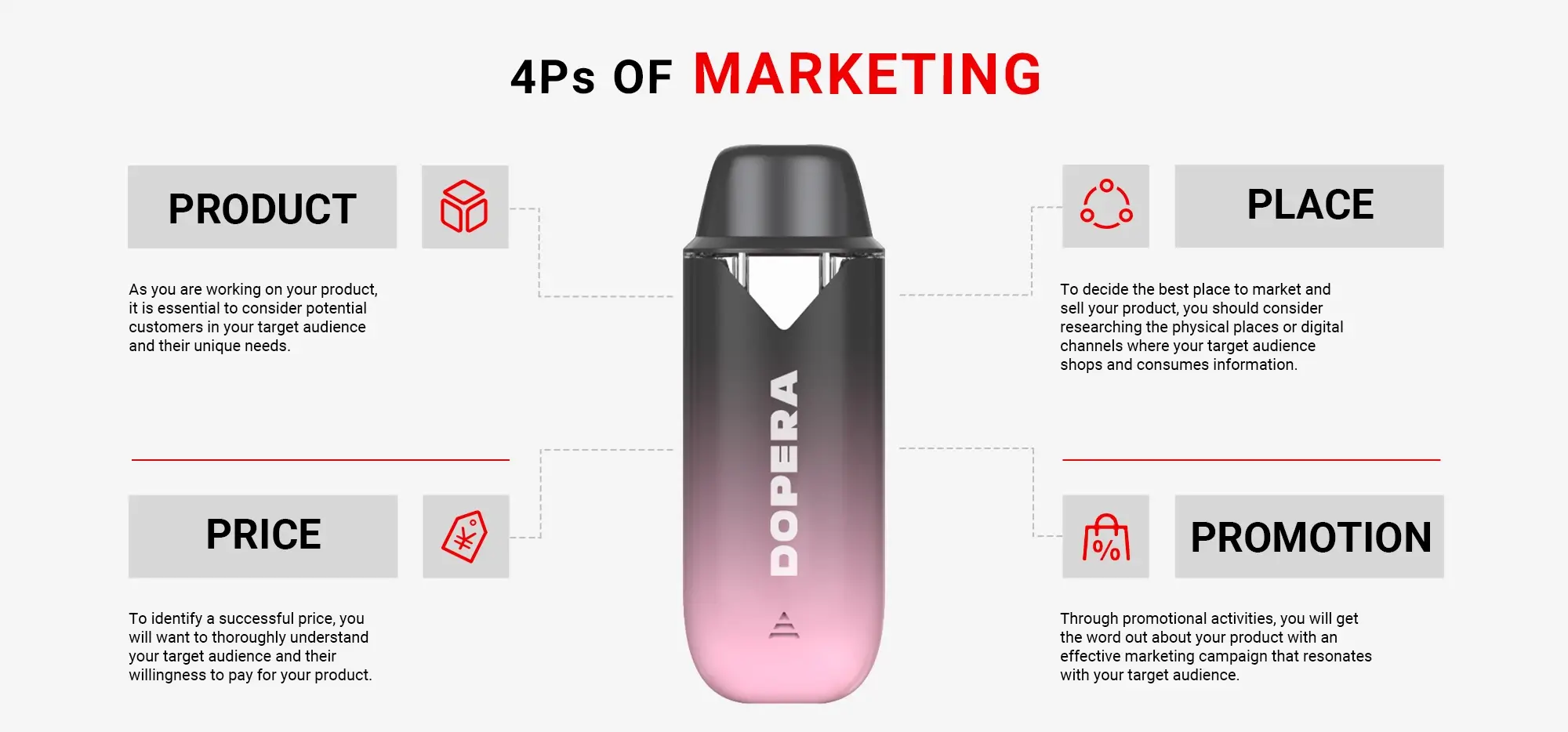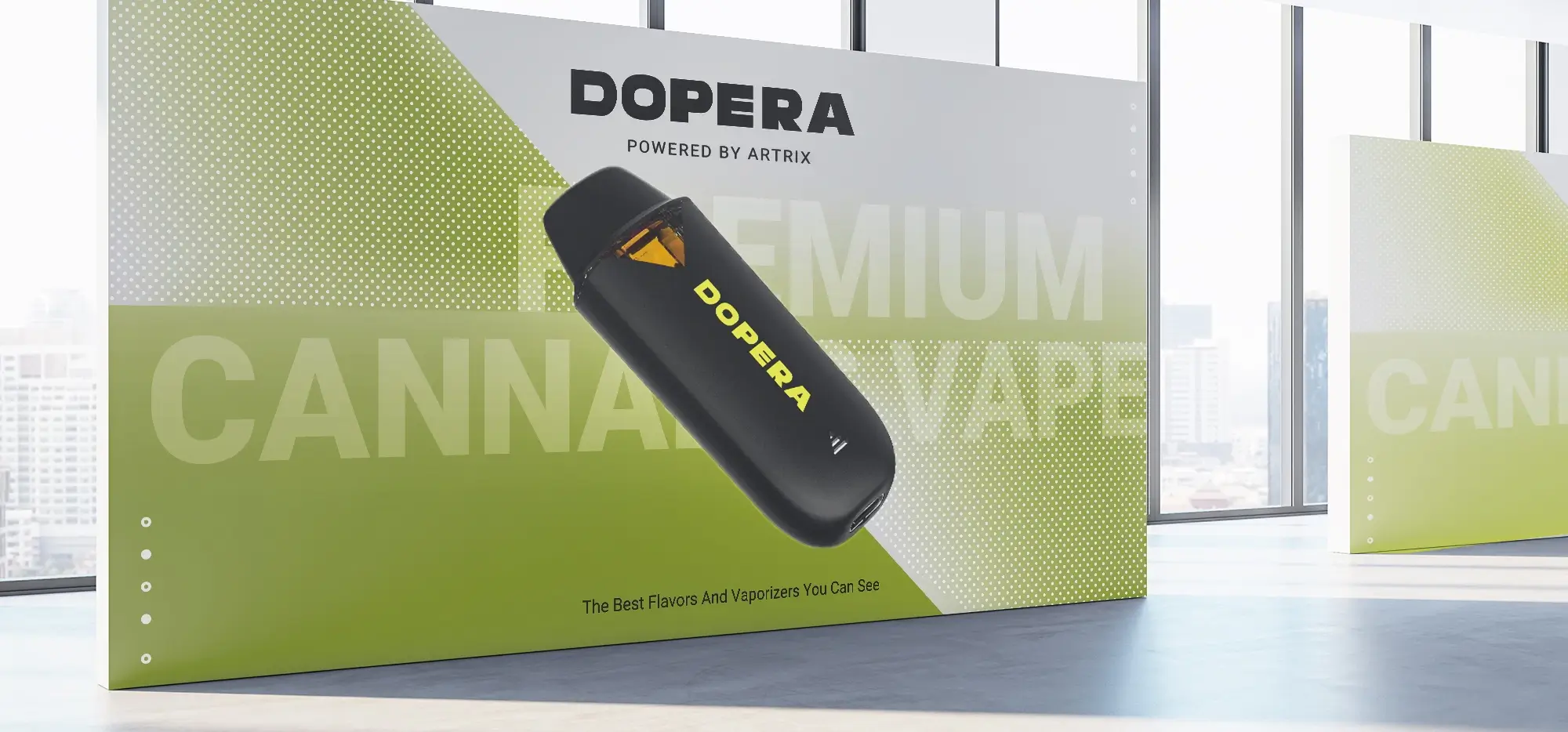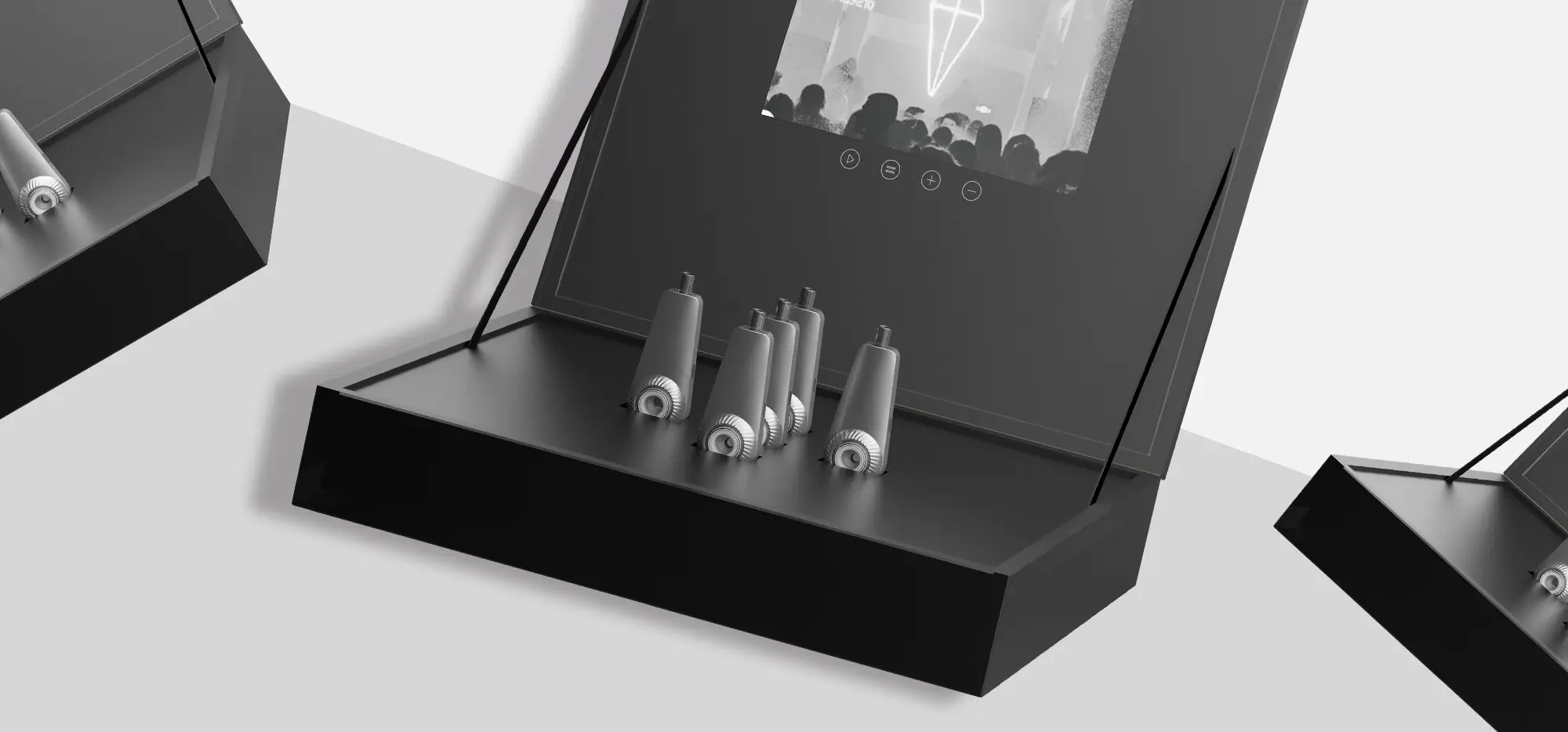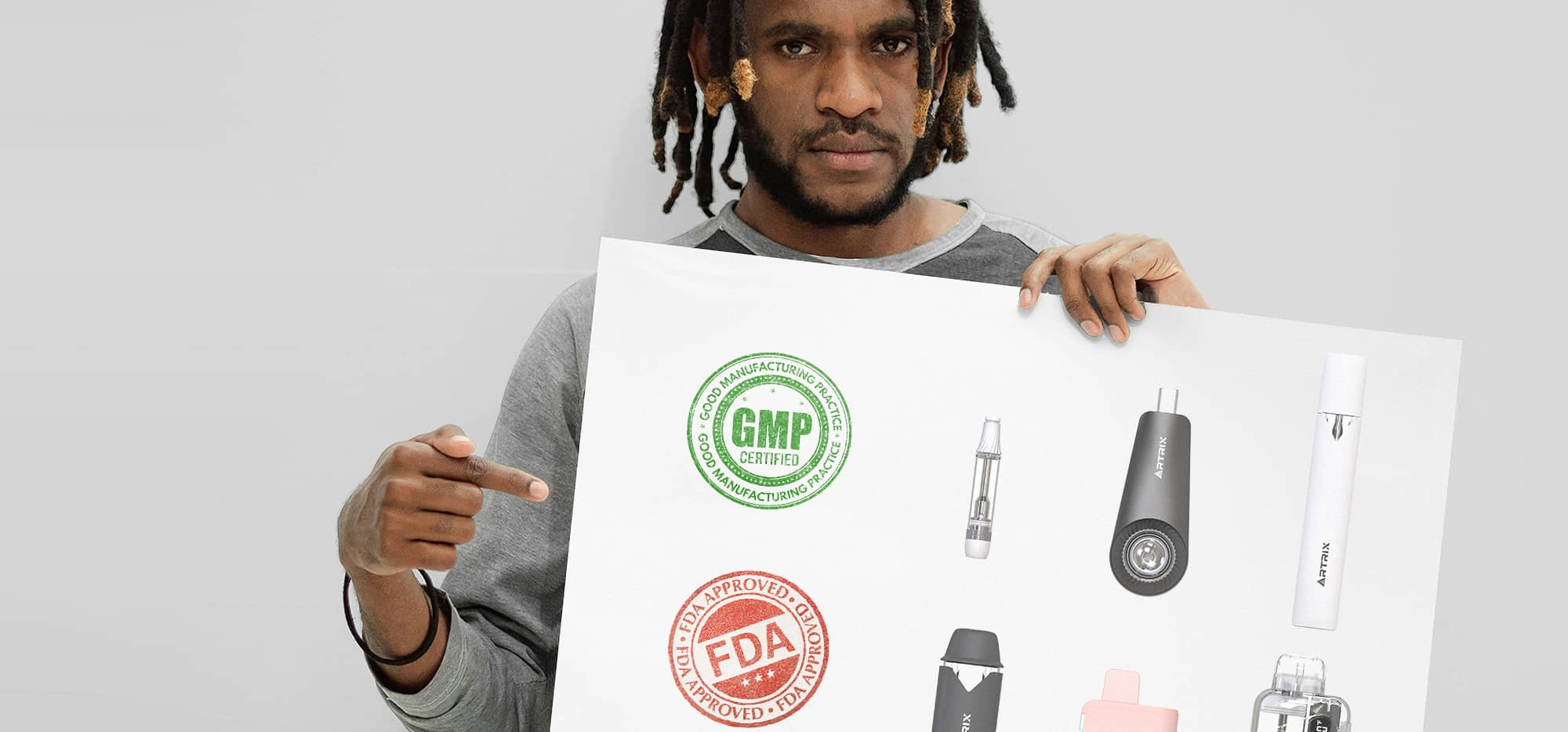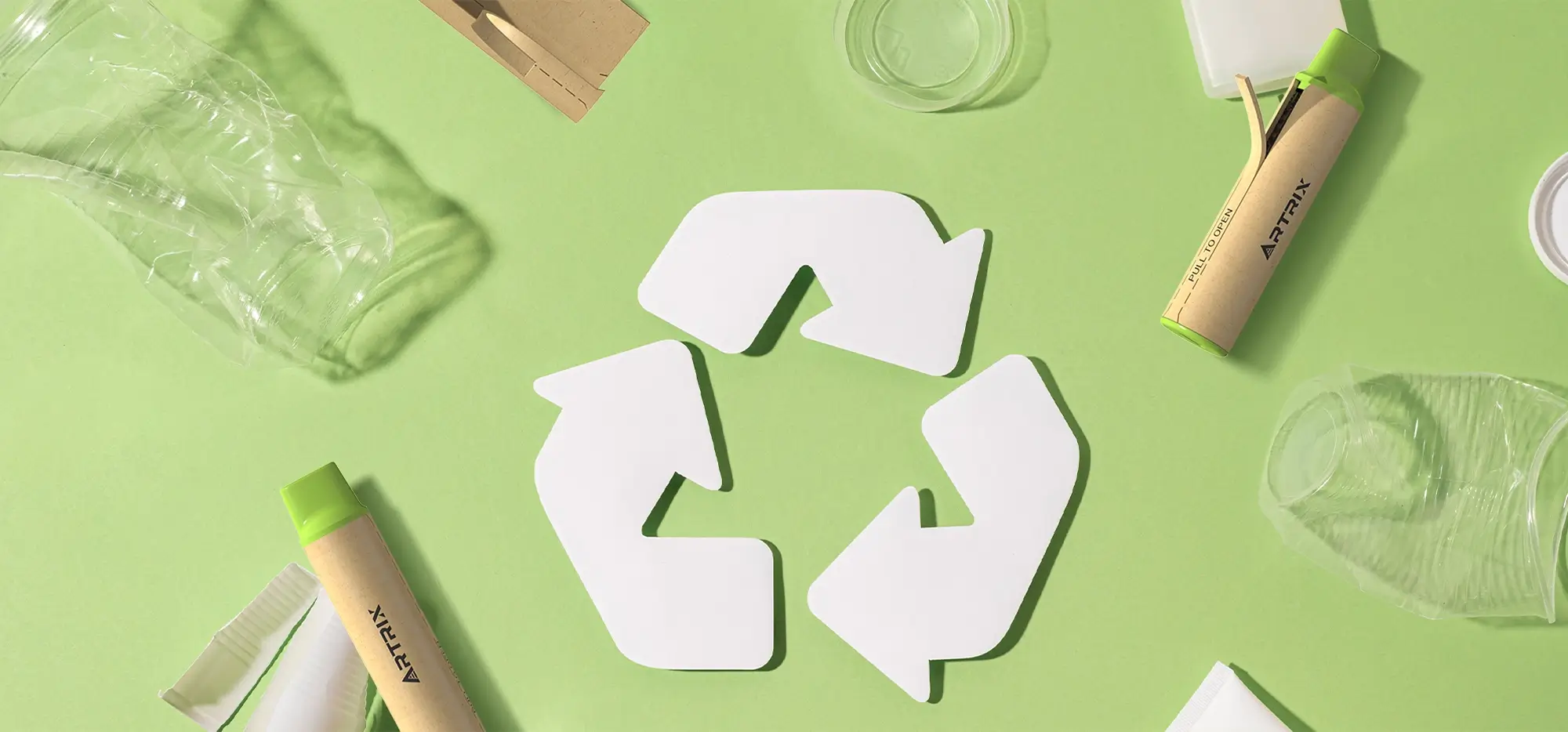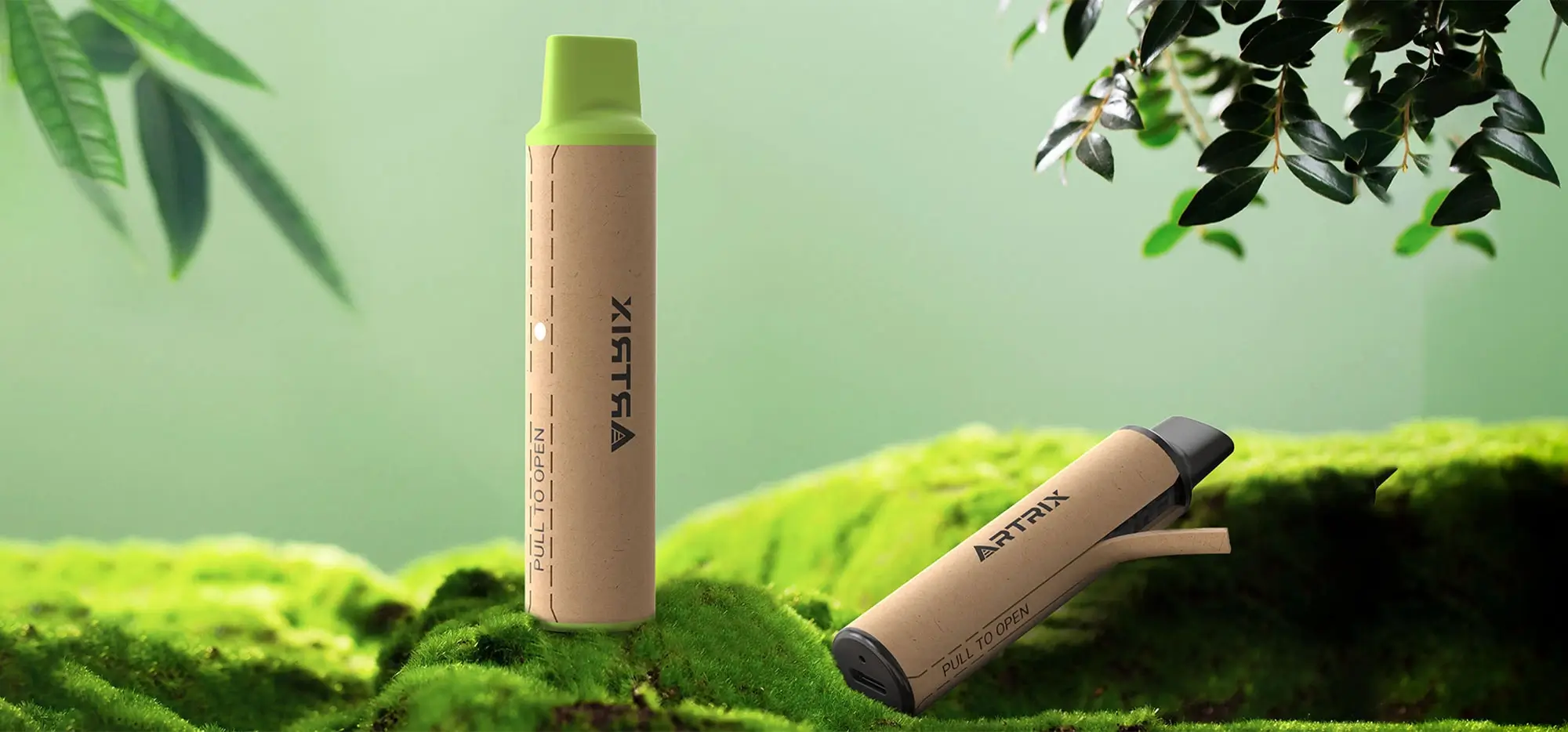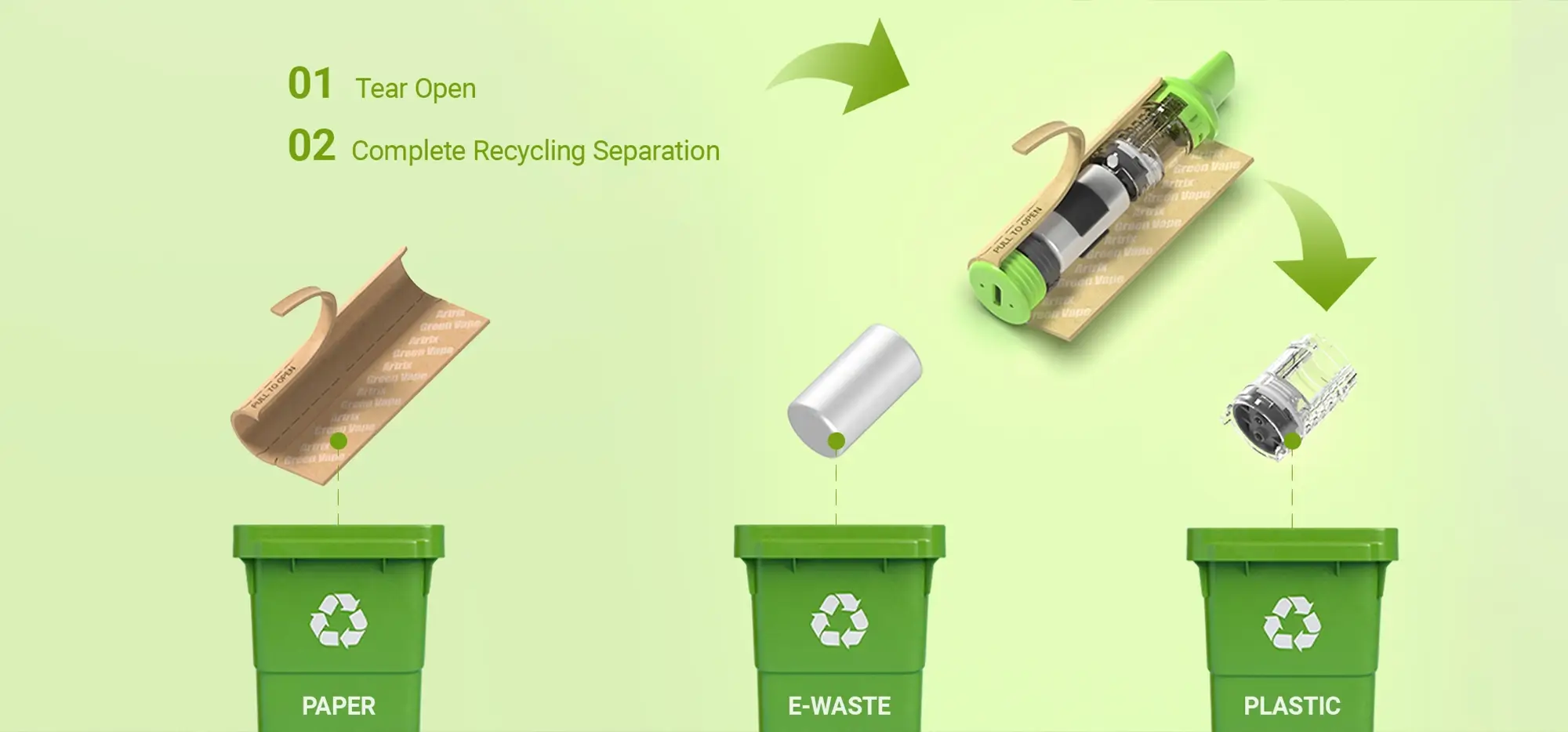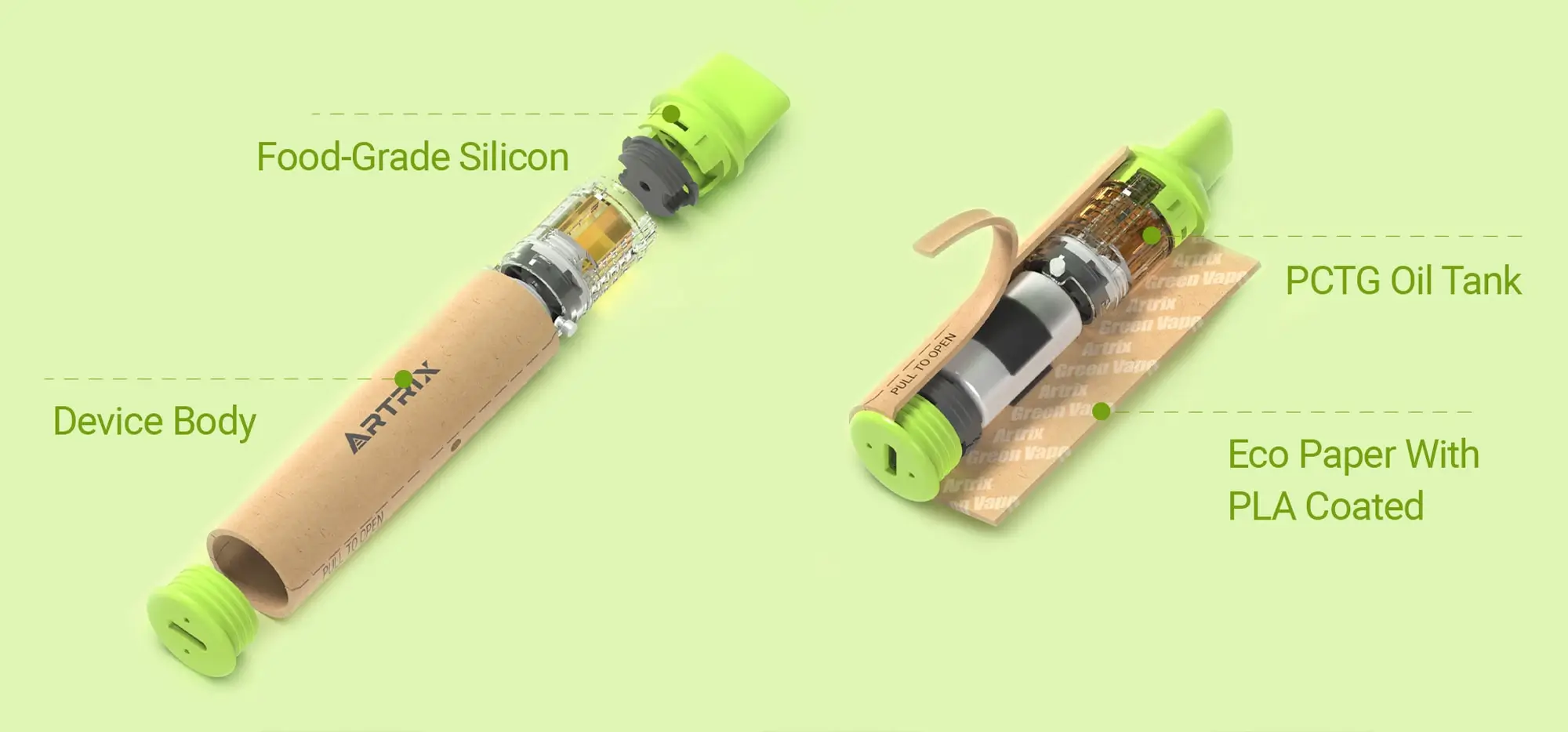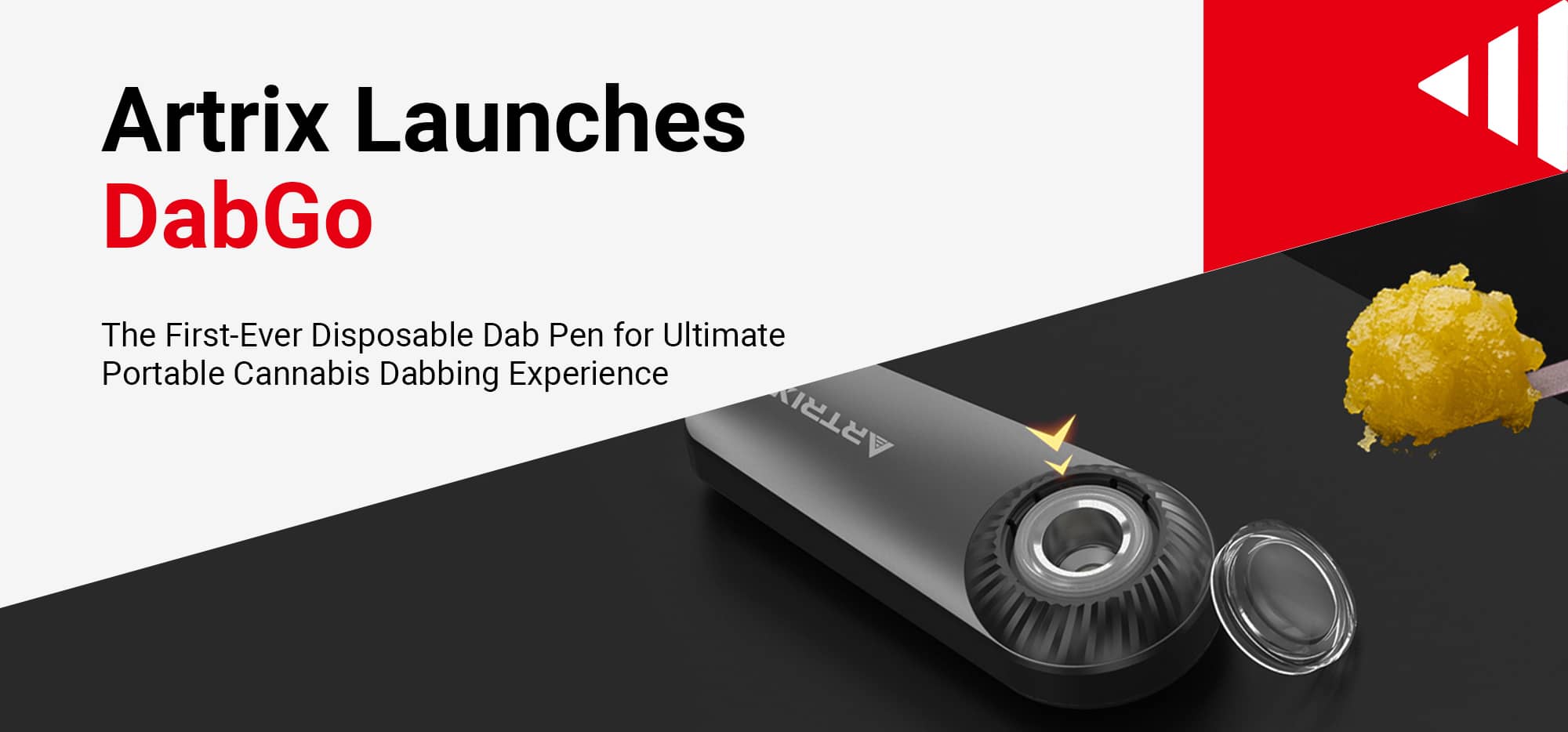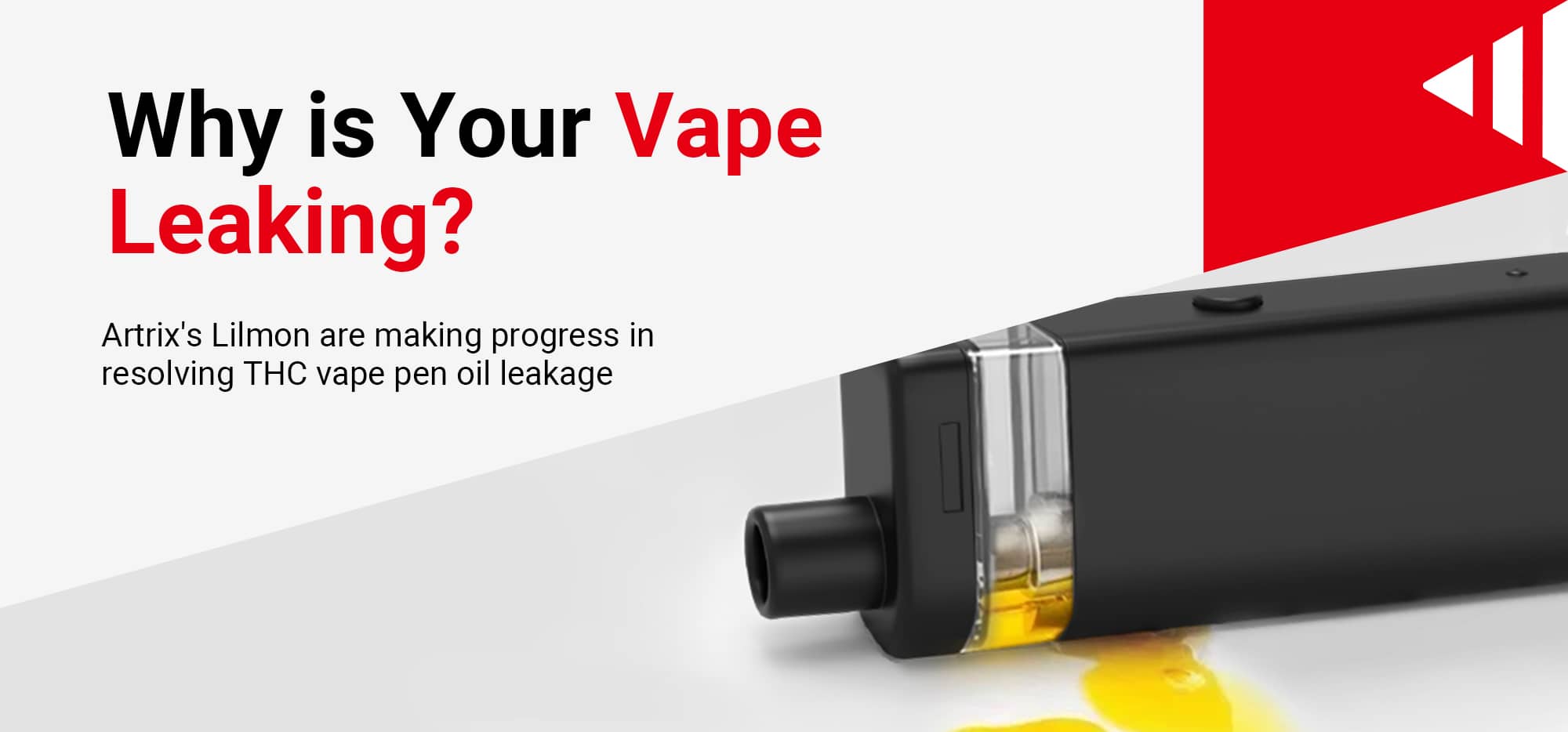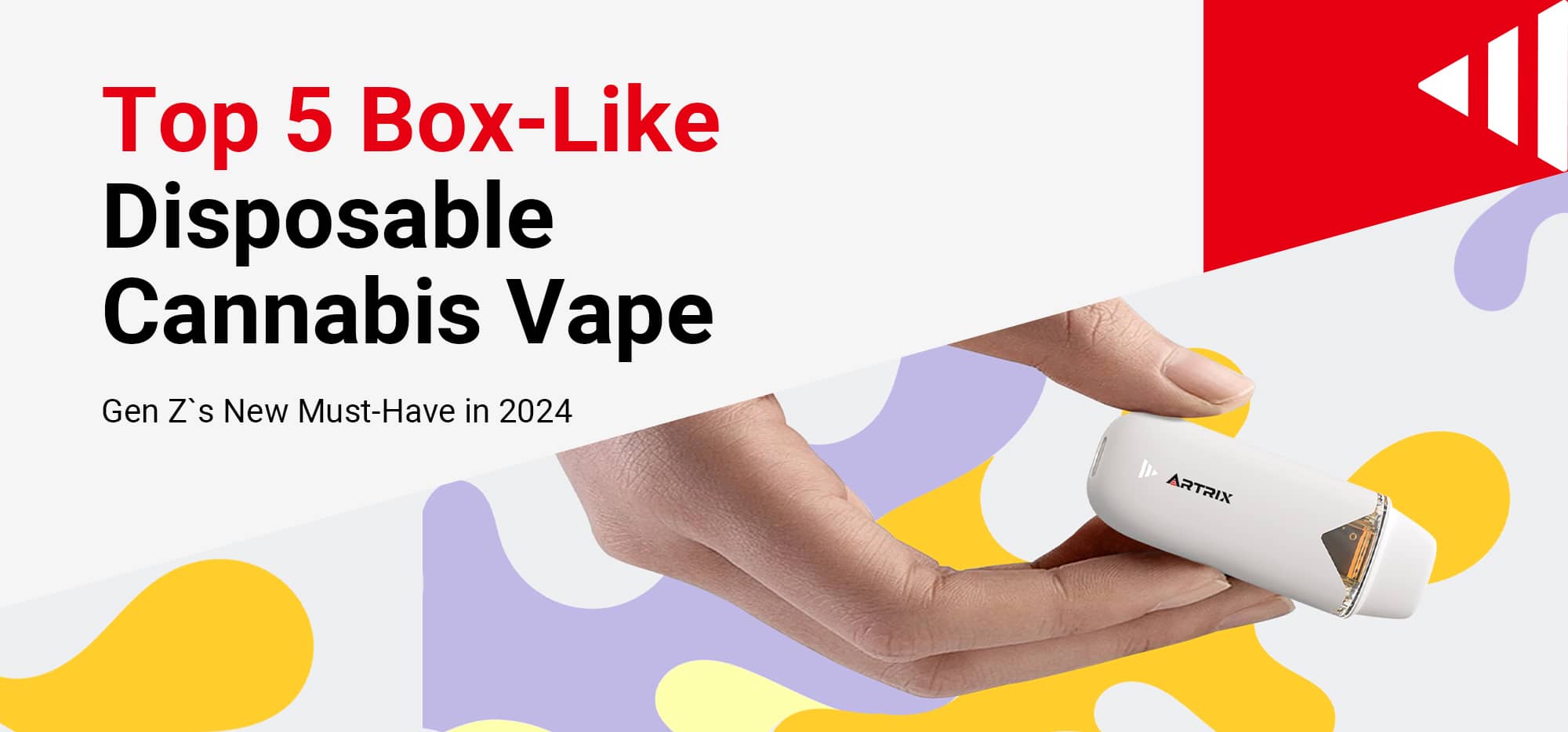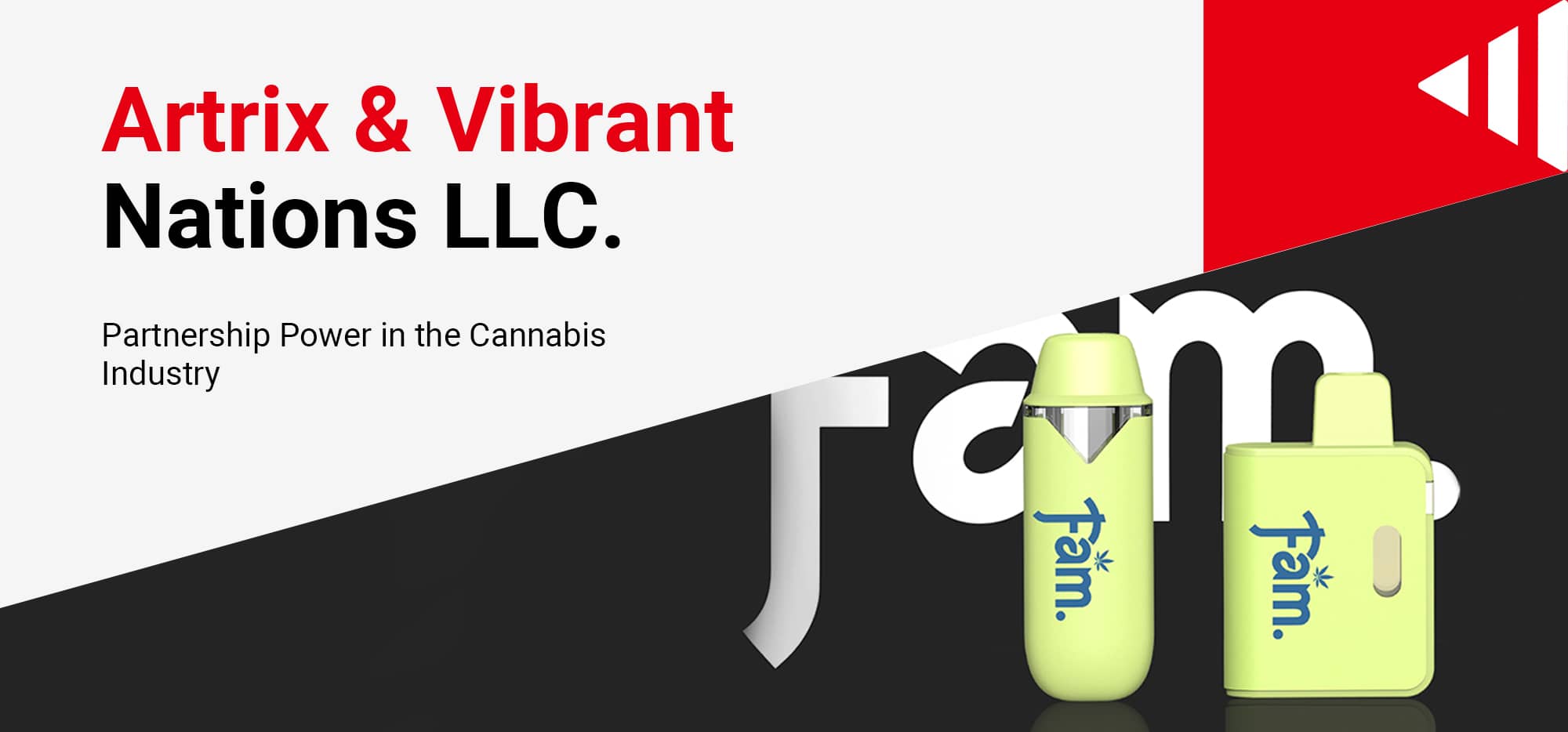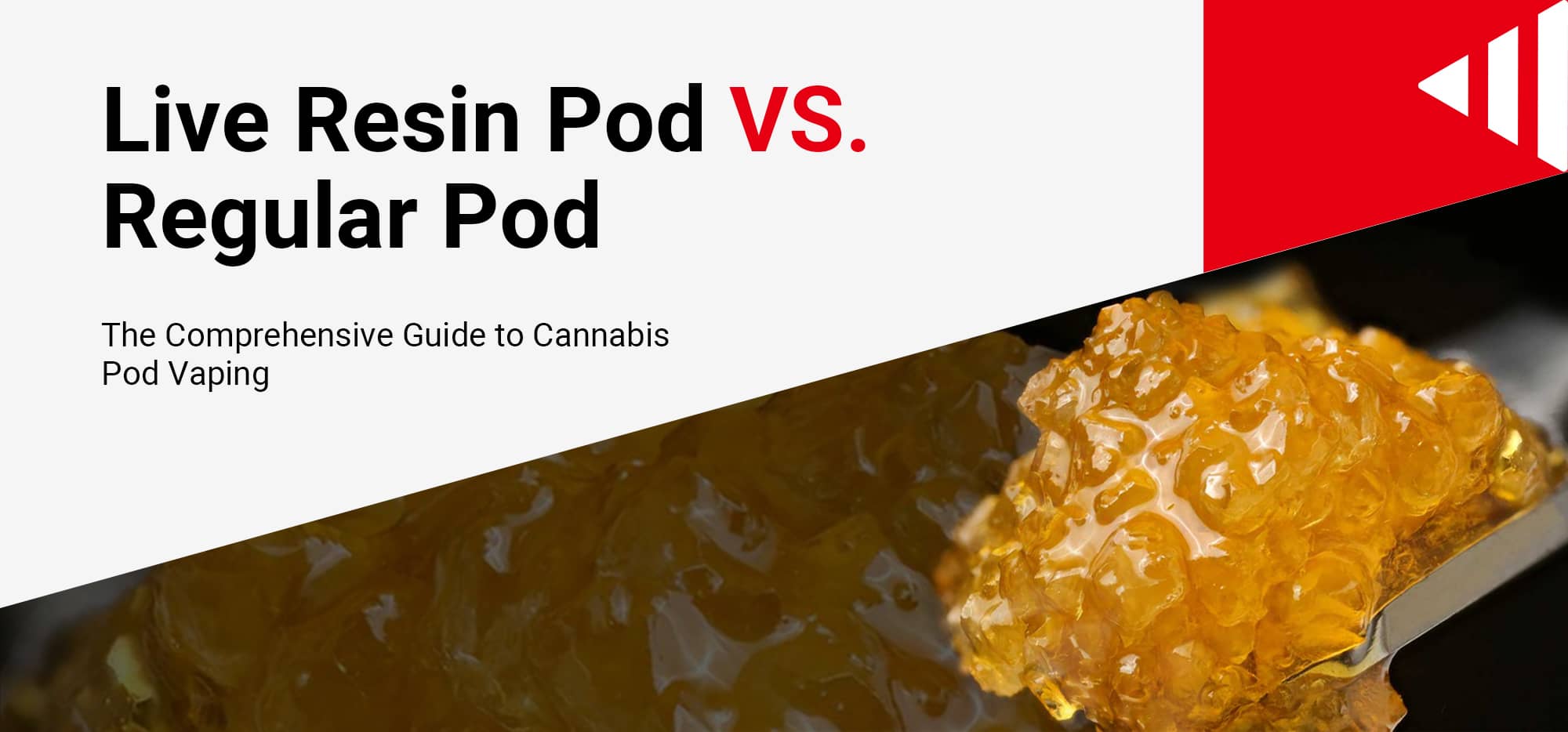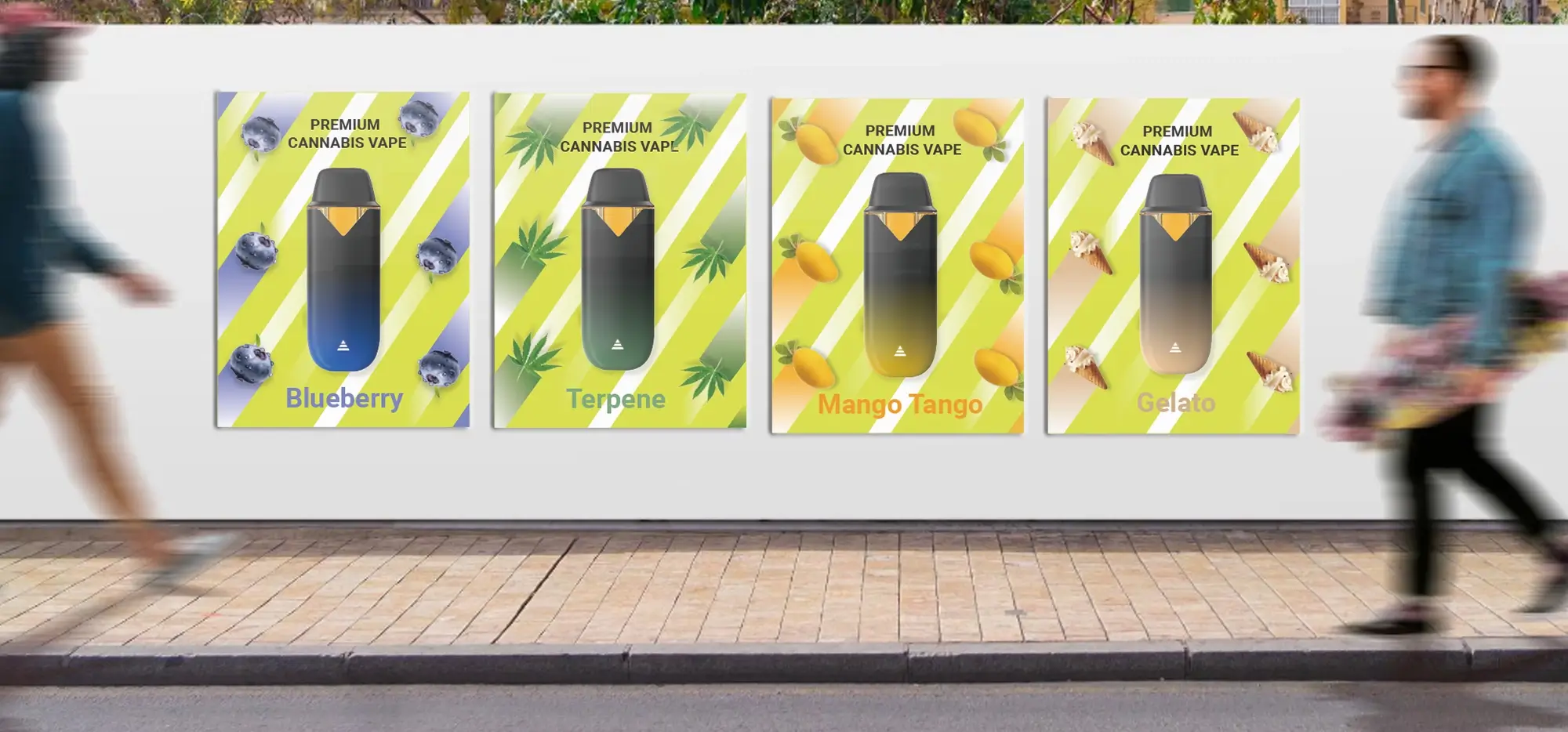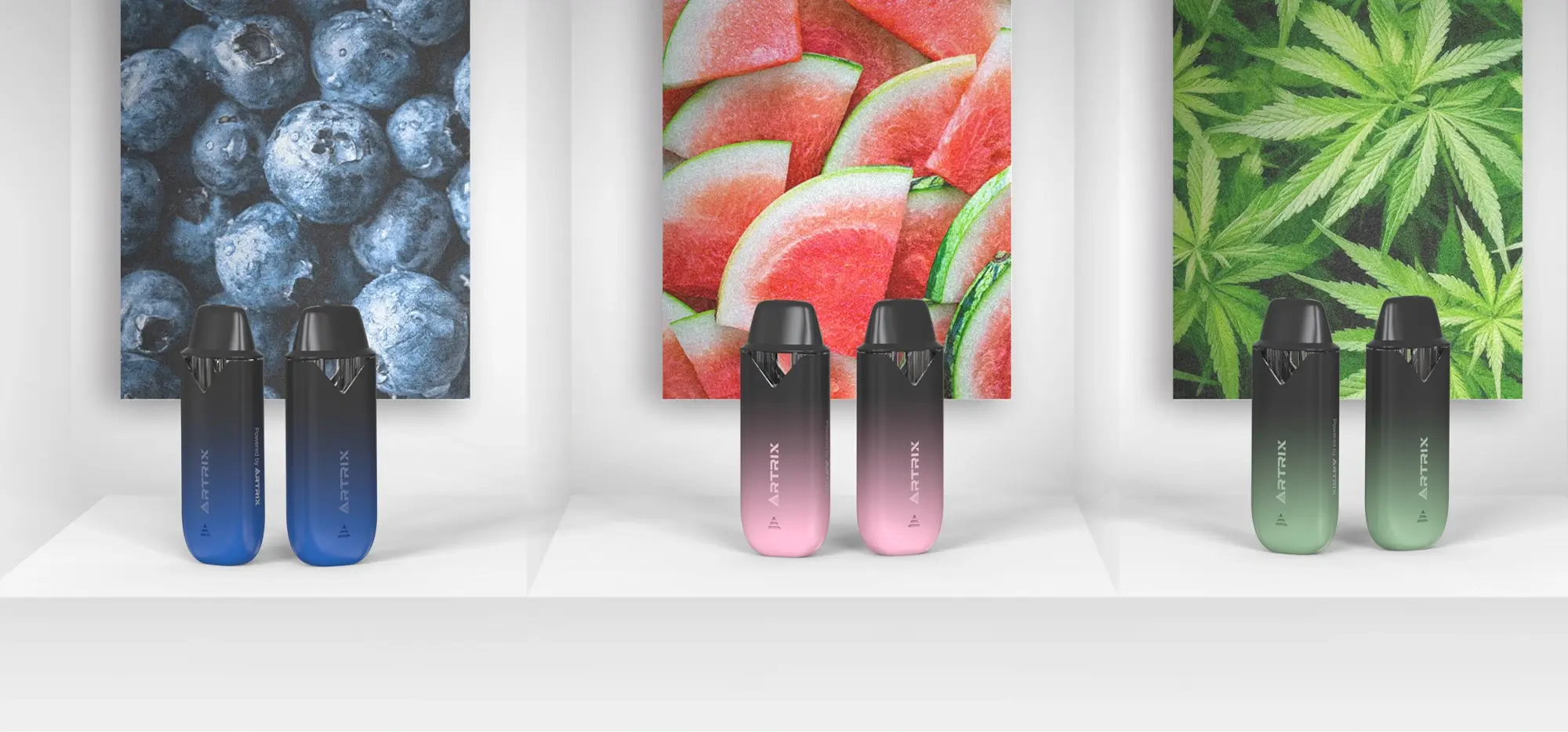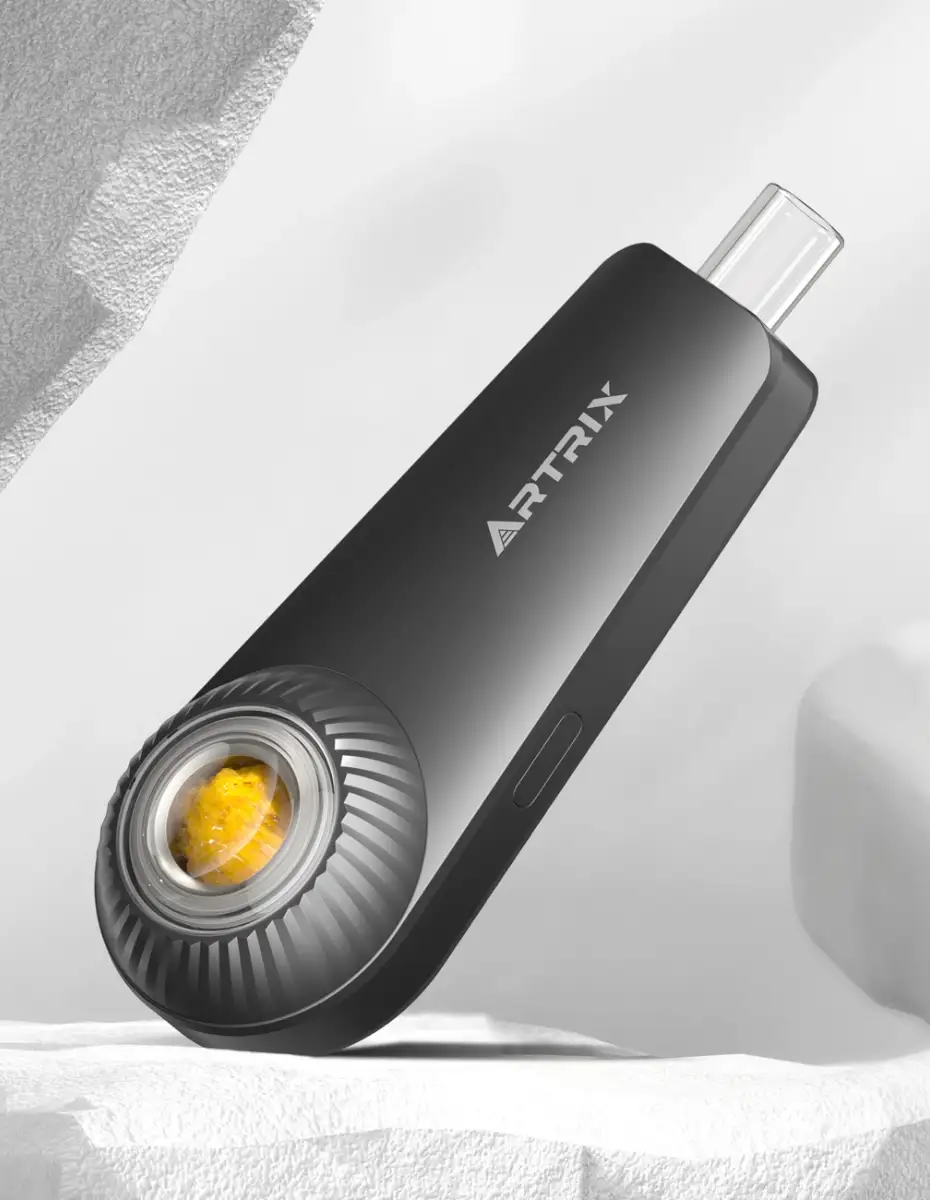How to Take a Weed Tolerance Break?
Why Take a Weed Tolerance Break?
Taking a tolerance break from cannabis, often called a “T-break,” can be a valuable reset for both recreational and medical users. Whether you’ve noticed your usual dose isn’t hitting the same way, your cannabis budget is stretching thin, or you’re simply curious about how you feel without it, a tolerance break offers multiple benefits.
The primary reason many consider a break is reduced effects. Over time, regular cannabis use leads to diminished responses—what once provided relief or relaxation might now barely register. This isn’t just frustrating; it’s expensive. As tolerance builds, you’re essentially paying more for less effect. Beyond the practical concerns, tolerance breaks can improve mental clarity, sleep quality, and overall well-being. Some users report rediscovering activities they’d forgotten they enjoyed, while others appreciate the sense of accomplishment from proving they can take a break. For medical users, periodic breaks can help maintain cannabis as an effective treatment option long-term.
Understanding Cannabis Tolerance
Cannabis tolerance develops through a process called CB1 receptor downregulation. When THC repeatedly binds to cannabinoid receptors in your brain, your body responds by reducing the number of available receptors and making the remaining ones less sensitive. Think of it like your brain turning down the volume on cannabis signals because they’ve been playing too loud for too long.
Several factors influence how quickly tolerance builds. Consumption method plays a major role—dabbing concentrates or using high-potency vape cartridges typically leads to faster tolerance development than smoking flower or using edibles. Frequency matters too; daily users develop tolerance much faster than weekend-only consumers. The potency of your products also makes a difference. Those regularly consuming 70-90% THC concentrates will likely experience more dramatic tolerance than someone sticking to 15-20% THC flower.
Your individual biology, metabolism, and even your mindset about cannabis use can affect tolerance development. Some people seem naturally more resistant to tolerance, while others find their receptors downregulate quickly.
Signs It’s Time for a Tolerance Break
Recognizing when you need a tolerance break requires honest self-assessment. The most obvious sign is needing significantly higher doses to achieve the same effects. If you’ve gone from one hit to entire sessions, or from 5mg edibles to 50mg, your tolerance has clearly increased.
Other warning signs include using cannabis more frequently than intended, reaching for it first thing in the morning, or feeling like you can’t enjoy activities without it. Medical users might notice their symptom relief diminishing despite increasing doses. Cognitive changes like persistent brain fog, memory issues, or difficulty concentrating that improve when you skip a day suggest your endocannabinoid system needs a reset.
Financial strain is another clear indicator. If cannabis spending is impacting your budget or you’re anxious about running out, a break can help reset both your tolerance and your relationship with cannabis. Some users also notice emotional blunting—feeling less joy, excitement, or emotional range—which often improves during a break.
Planning Your Tolerance Break
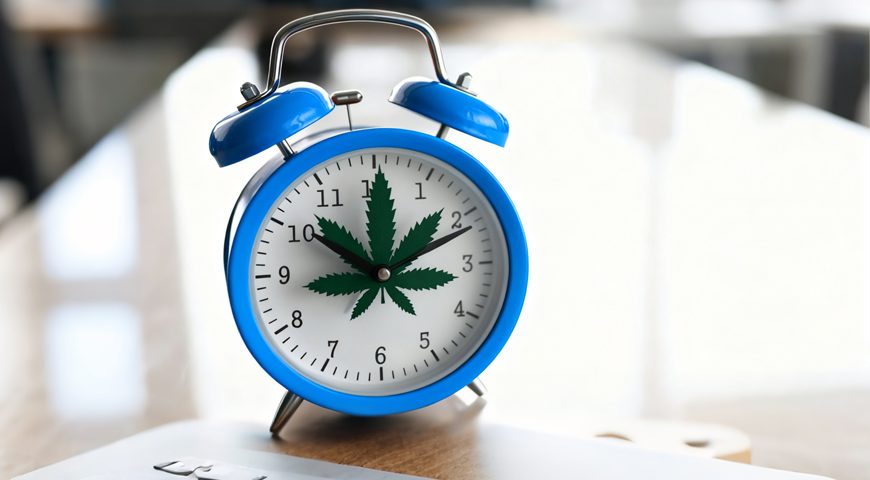
Setting Goals and Intentions
Before starting your break, establish clear reasons and objectives. Are you primarily trying to reduce costs? Improve the effectiveness of medical treatment? Gain mental clarity for an important project? Or simply prove to yourself that you can? Write down your intentions—this clarity will help during challenging moments.
Consider what success looks like for you. Maybe it’s completing a full month without cannabis, or perhaps it’s just resetting enough to feel effects from lower doses again. Your goals might include exploring new coping mechanisms, improving sleep quality naturally, or reconnecting with hobbies you’ve neglected. Be specific and realistic. “I want to complete a 14-day break to reduce my tolerance so I can return to using half my current amount” is more actionable than “I want to cut back.”
Deciding the Duration
The ideal duration varies significantly based on your usage patterns and goals. For occasional users, even a 48-72 hour break can provide noticeable sensitivity improvements. Regular users typically benefit from at least one to two weeks, while daily heavy users might need three to four weeks for a substantial reset.
Research suggests that CB1 receptors begin recovering within two days of abstinence, with significant improvement around the two-week mark. After four weeks, receptor density returns close to baseline for most people. However, this doesn’t mean you need a month-long break to see benefits. Many users find that even a one-week break dramatically improves their sensitivity.
Consider your schedule when planning. Starting a break before a stressful work deadline or family gathering might set you up for failure. Choose a period when you can manage potential irritability or sleep changes without major consequences.
Preparing Your Environment
Set yourself up for success by removing temptation and creating supportive conditions. Store or remove your cannabis products, paraphernalia, and anything that triggers use. If you can’t remove everything, at least make access inconvenient—give your stash to a trusted friend or lock it away.
Stock your kitchen with healthy snacks and herbal teas. Many people experience appetite changes during breaks, so having nutritious options ready helps. Chamomile, passionflower, and valerian root teas can help with sleep and anxiety. Keep plenty of water and electrolyte drinks available, as staying hydrated helps manage withdrawal symptoms.
Plan activities to fill the time you’d normally spend consuming cannabis. Download new books, queue up engaging shows, organize social activities, or start that project you’ve been postponing. Tell supportive friends or family about your break—accountability helps, and they can provide distraction during difficult moments.
How to Take a Tolerance Break: Step-by-Step
Before You Start: If you’re a heavy daily user, consider tapering down over a few days rather than stopping abruptly. Switch from concentrates to flower, reduce session frequency, or use CBD-dominant products to ease the transition. Plan replacement routines for your typical consumption times. If you always smoke after work, schedule a walk, workout, or call with a friend instead.
Managing Withdrawal Symptoms: The first week presents the most challenges. Days 1-3 often bring irritability, anxiety, and strong cravings. You might feel restless, bored, or unsure what to do with yourself. Days 4-7 typically involve sleep disruptions—difficulty falling asleep, vivid dreams, or night sweats are common. Some people experience decreased appetite, mild nausea, or headaches.
Combat these symptoms with good sleep hygiene: maintain consistent bedtime routines, avoid screens before bed, and keep your room cool and dark. Stay hydrated with water and electrolyte drinks. Eat nutrient-dense foods even if your appetite is low—smoothies and soups can help. Light exercise releases endorphins and improves mood naturally. Hot baths with Epsom salts can ease physical discomfort and promote relaxation. Some find that CBD (which doesn’t contribute to THC tolerance) helps manage anxiety and sleep issues during the break.
Coping Strategies and Self-Care: Replace the ritual and relaxation cannabis provided with new activities. Exercise is particularly effective—it provides a natural endorphin boost and helps process the stress that cannabis might have been masking. Even a 20-minute walk makes a difference.
Mindfulness and meditation apps can help manage cravings and anxiety. When cravings hit, try the “urge surfing” technique: observe the craving without judgment, notice how it feels in your body, and watch it peak and pass like a wave. Journaling helps process emotions and track progress. Write about what you’re experiencing, what you’re learning about yourself, and celebrate small victories.
Engage in activities that require focus and provide natural rewards. Learn a musical instrument, try cooking elaborate meals, start a creative project, or dive into an engaging video game. The key is finding flow states that naturally alter consciousness without substances.
Celebrate milestones—completing day one, making it through a weekend, hitting the one-week mark. These acknowledgments reinforce your capability and motivation. Review your journal entries when you’re tempted to break early; seeing how far you’ve come often provides the push to continue.
Reintroducing Cannabis After a Break
Starting Low and Going Slow
Your first session after a break can be surprisingly intense. Your CB1 receptors have recovered, and what was once your normal dose might now be overwhelming. Start with about 25% of your previous typical dose. If you were smoking a whole joint, try just a few hits. If you were taking 20mg edibles, start with 5mg.
Wait longer between hits or doses than you normally would. The effects might take a few minutes to fully manifest, and your reduced tolerance means you’ll feel them more strongly. Many users report an almost “first time” experience after a significant break—enjoy this renewed sensitivity rather than immediately chasing your old high.
Pay attention to the differences in your experience. You might notice nuances in strain effects you’d stopped perceiving, or find that lower doses provide the relief or relaxation you were previously chasing with much larger amounts.
Monitoring Sensitivity and Adjustments
Keep a usage log for the first few weeks after your break. Track doses, effects, and how long they last. This data helps you find your new sweet spot and avoid rapidly rebuilding tolerance. You might discover that you prefer the effects at lower doses—many users report less anxiety and paranoia when they keep tolerance low.
Reflect on what you learned during your break. Did you discover new coping mechanisms worth maintaining? Were there aspects of sobriety you enjoyed? Consider incorporating regular “maintenance breaks” or cannabis-free days to preserve the benefits you’ve achieved. Some users adopt “Sober October” or take a week off every few months as preventive maintenance.
Tips for Maintaining Lower Tolerance
Dosing & Usage Frequency: The key to maintaining lower tolerance is mindfulness. Use the minimum effective dose rather than chasing maximum effects. Implement “portion control” by pre-measuring doses or using a one-hitter instead of continuously smoking. Space out sessions—daily use inevitably builds tolerance faster than every-other-day or weekend-only patterns.
Build in regular “mini breaks.” Even taking one or two days off per week significantly slows tolerance development. Some users follow a “5:2” pattern (five days on, two days off) or save cannabis for weekends only. These small breaks prevent receptors from staying constantly saturated.
Alternatives & Balance: Incorporate CBD-dominant products into your routine. CBD doesn’t contribute to THC tolerance and may even help preserve receptor sensitivity. For medical users, explore whether some symptoms respond to CBD alone, saving THC for when it’s truly needed.
Consider non-inhalation methods for some sessions. Topicals provide localized relief without psychoactive effects or tolerance impact. Rotating between edibles, tinctures, and smoking can slow tolerance development to any single method.
Variety Matters: Rotate between different strains and chemotypes. Each strain has a unique cannabinoid and terpene profile, activating receptors slightly differently. This variety can help prevent your endocannabinoid system from adapting to a single chemical signature. Keep a selection of indica, sativa, and hybrid options, and avoid using the same strain repeatedly.
Consider seasonal tolerance breaks as a sustainable long-term strategy. Many users find that taking a break during natural transition periods—start of summer, New Year, or during vacations—feels more organic and sustainable than arbitrary timing. This creates a rhythm of renewal that keeps cannabis effective and enjoyable year after year.
Remember, the goal isn’t to eliminate cannabis from your life but to maintain a balanced, intentional relationship with it. Regular tolerance breaks are a tool for preserving cannabis as an effective, enjoyable part of your wellness routine without letting it dominate your lifestyle or budget. By approaching breaks as routine maintenance rather than punishment or failure, you’re investing in a sustainable long-term relationship with cannabis.
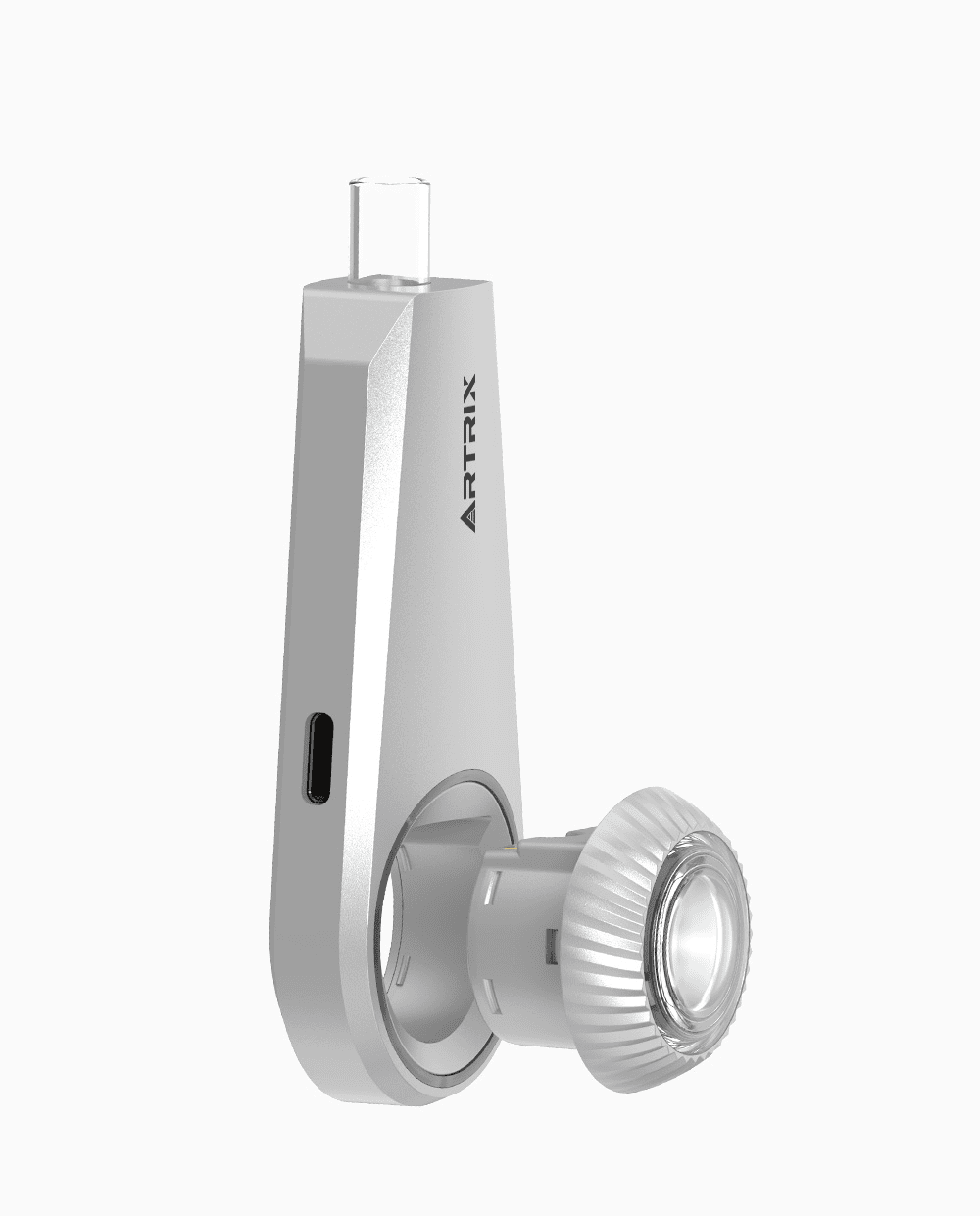
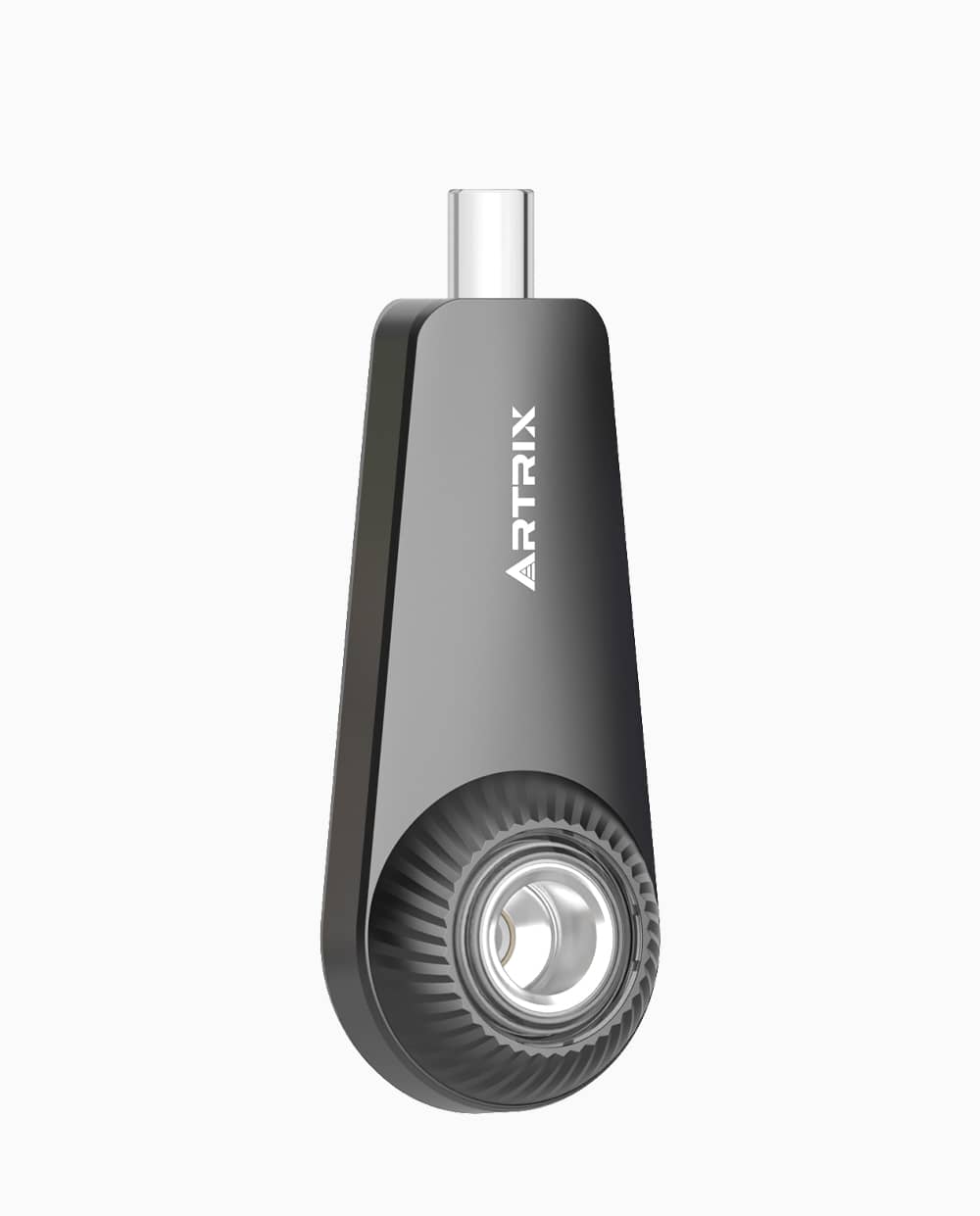
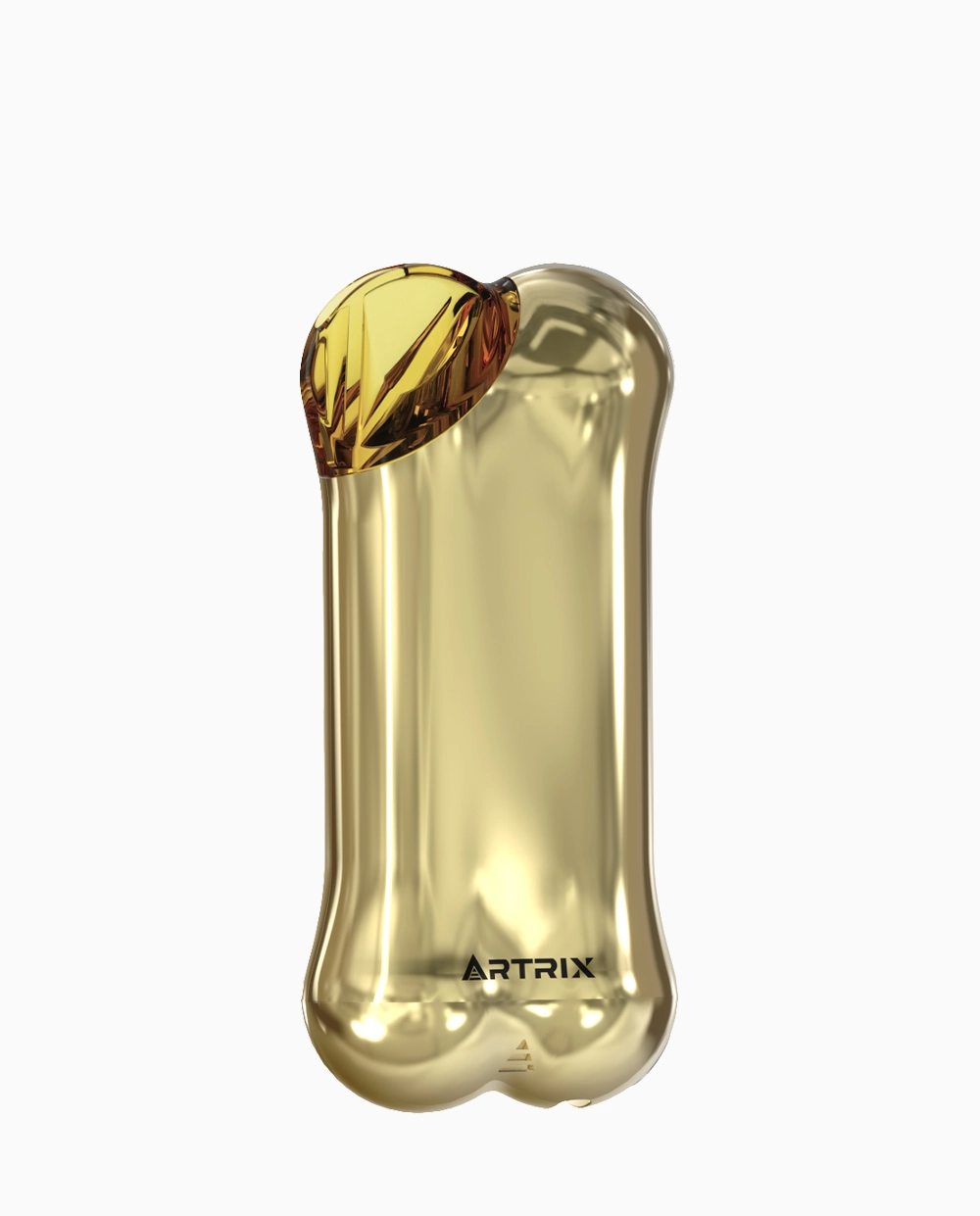
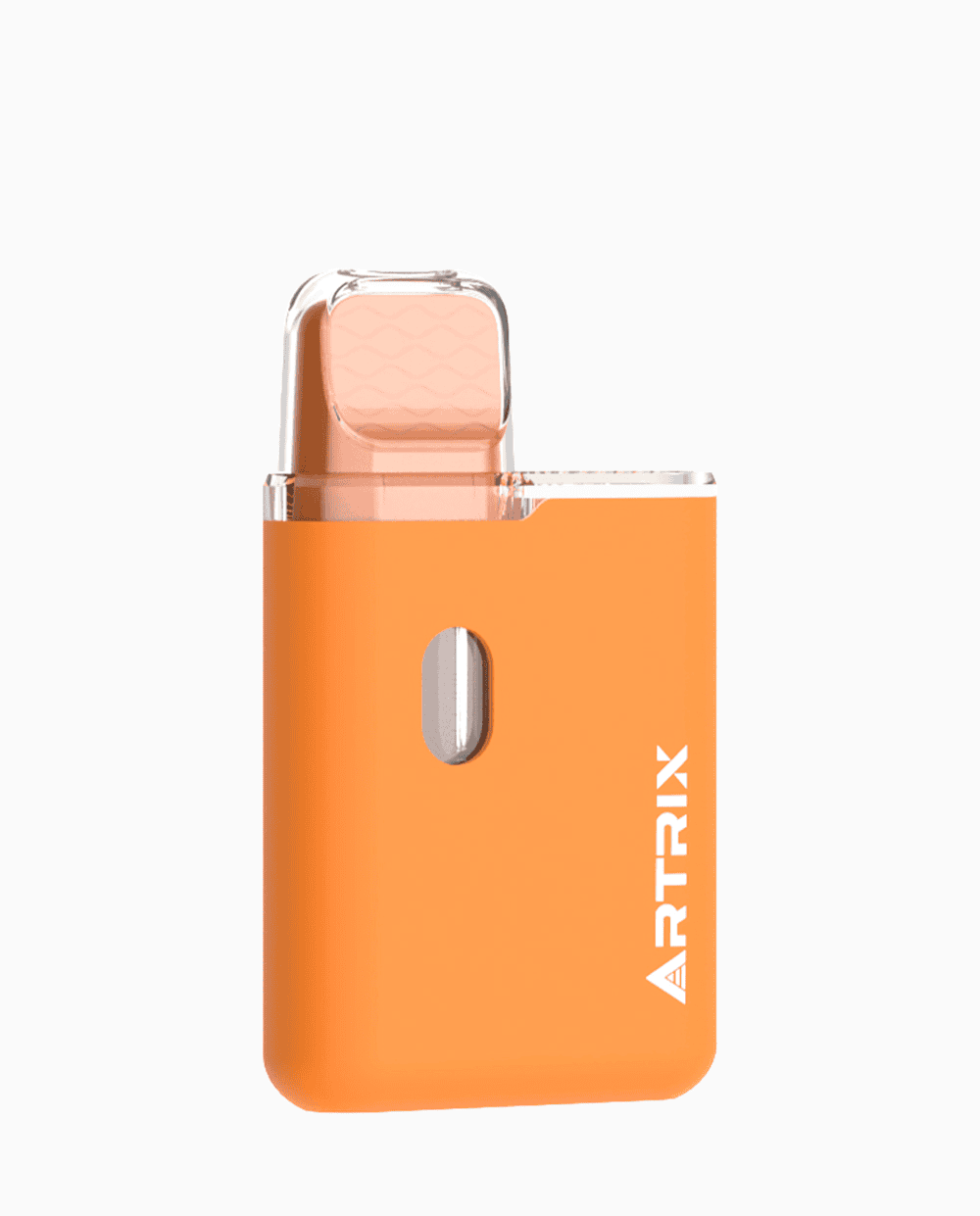
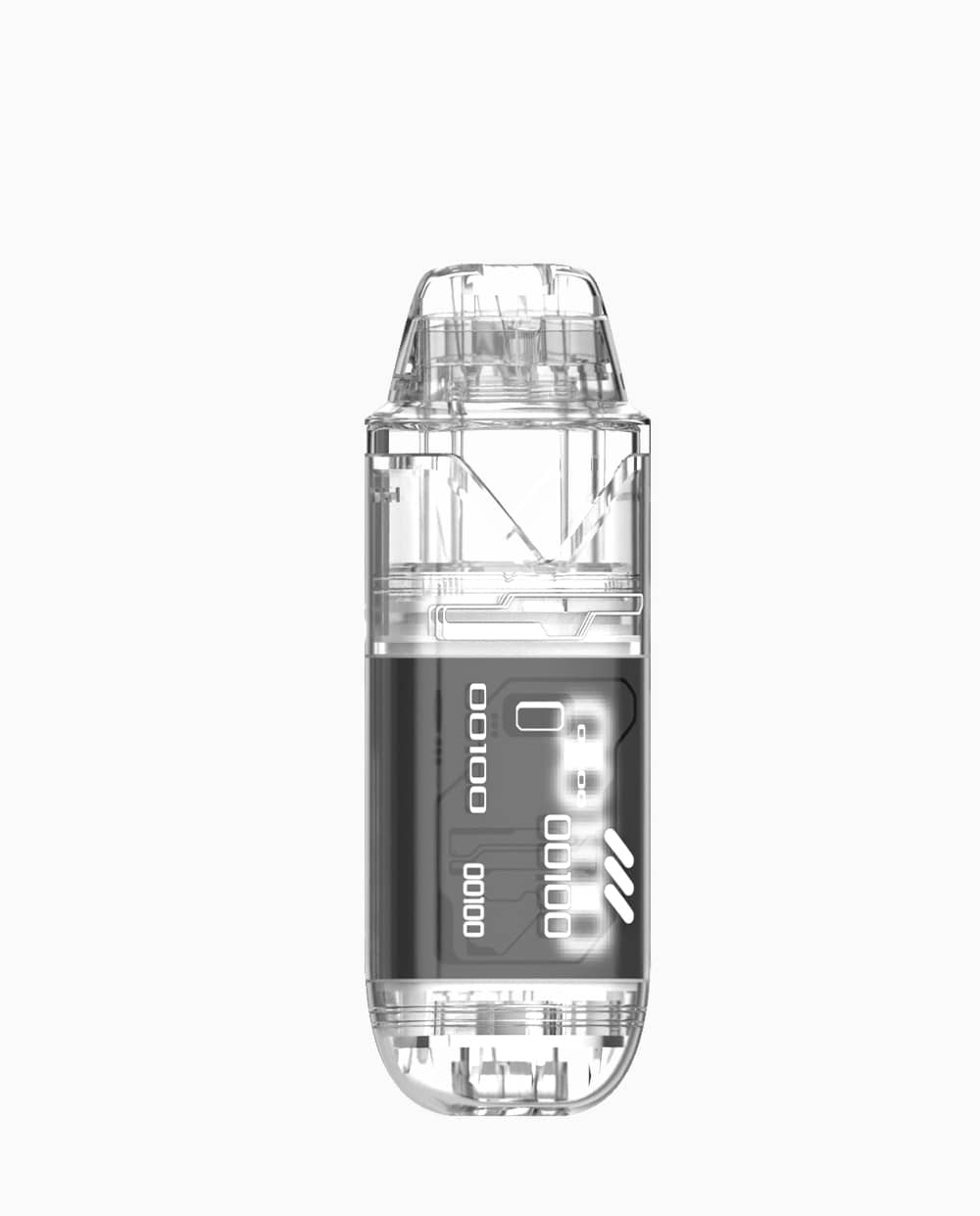
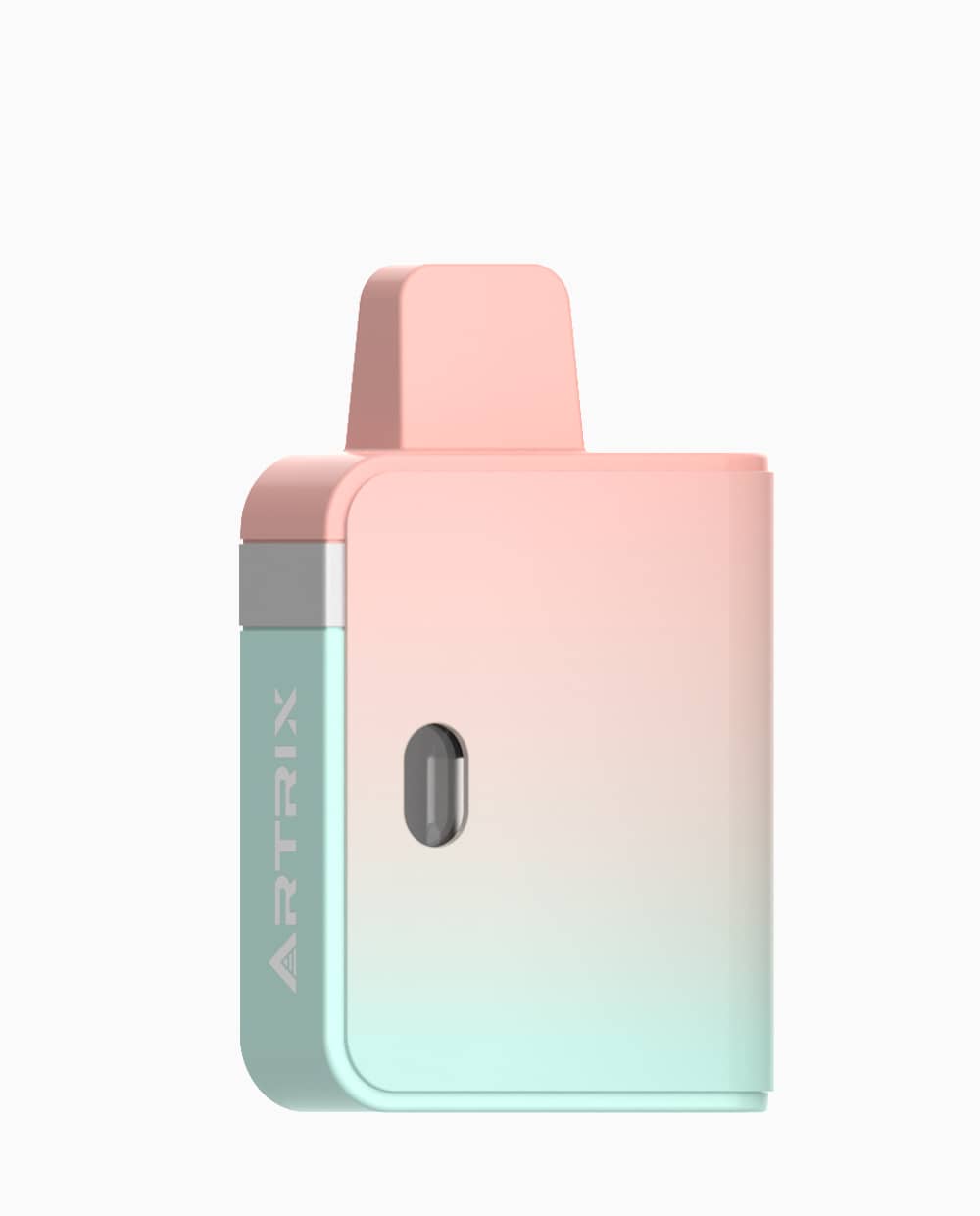
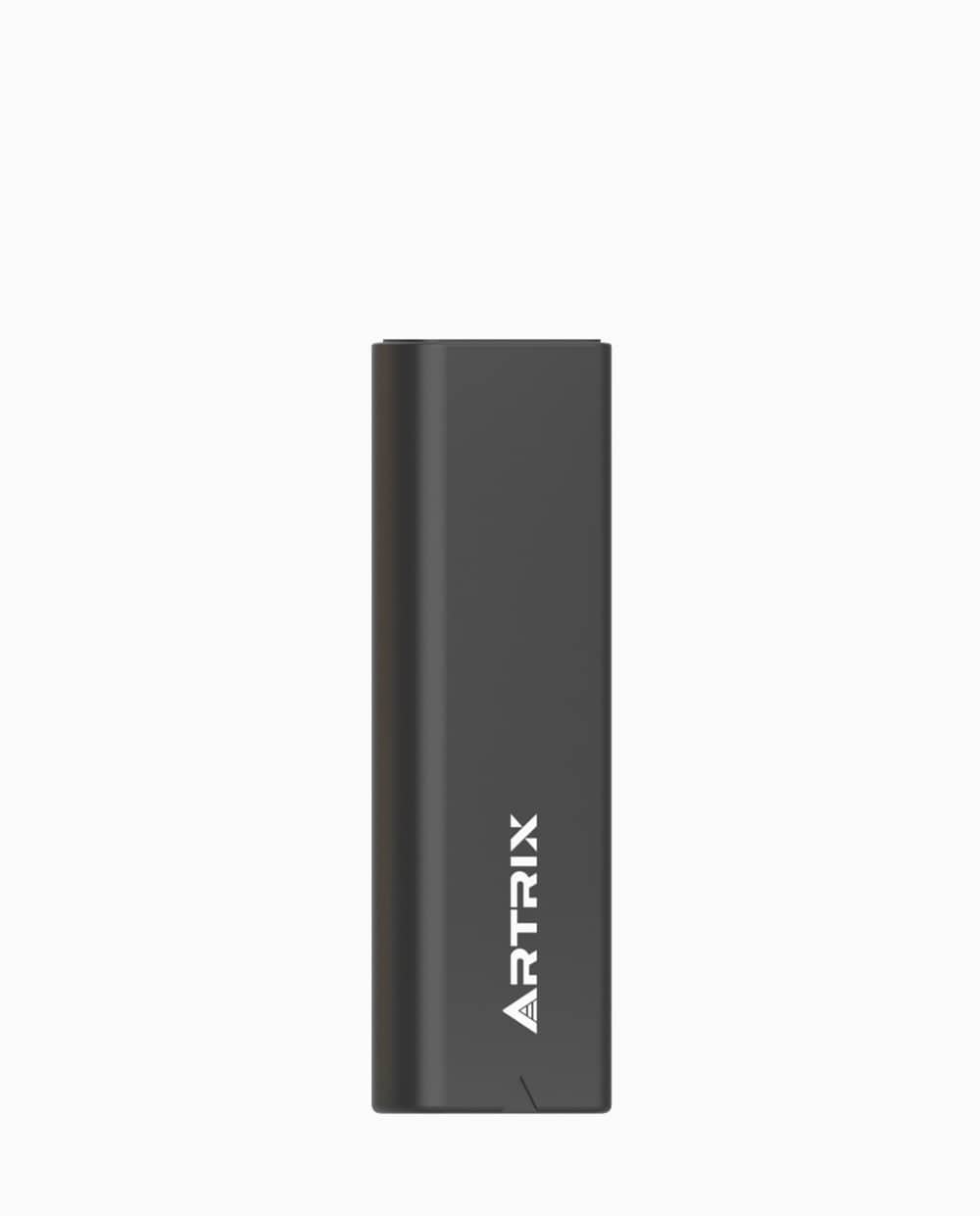
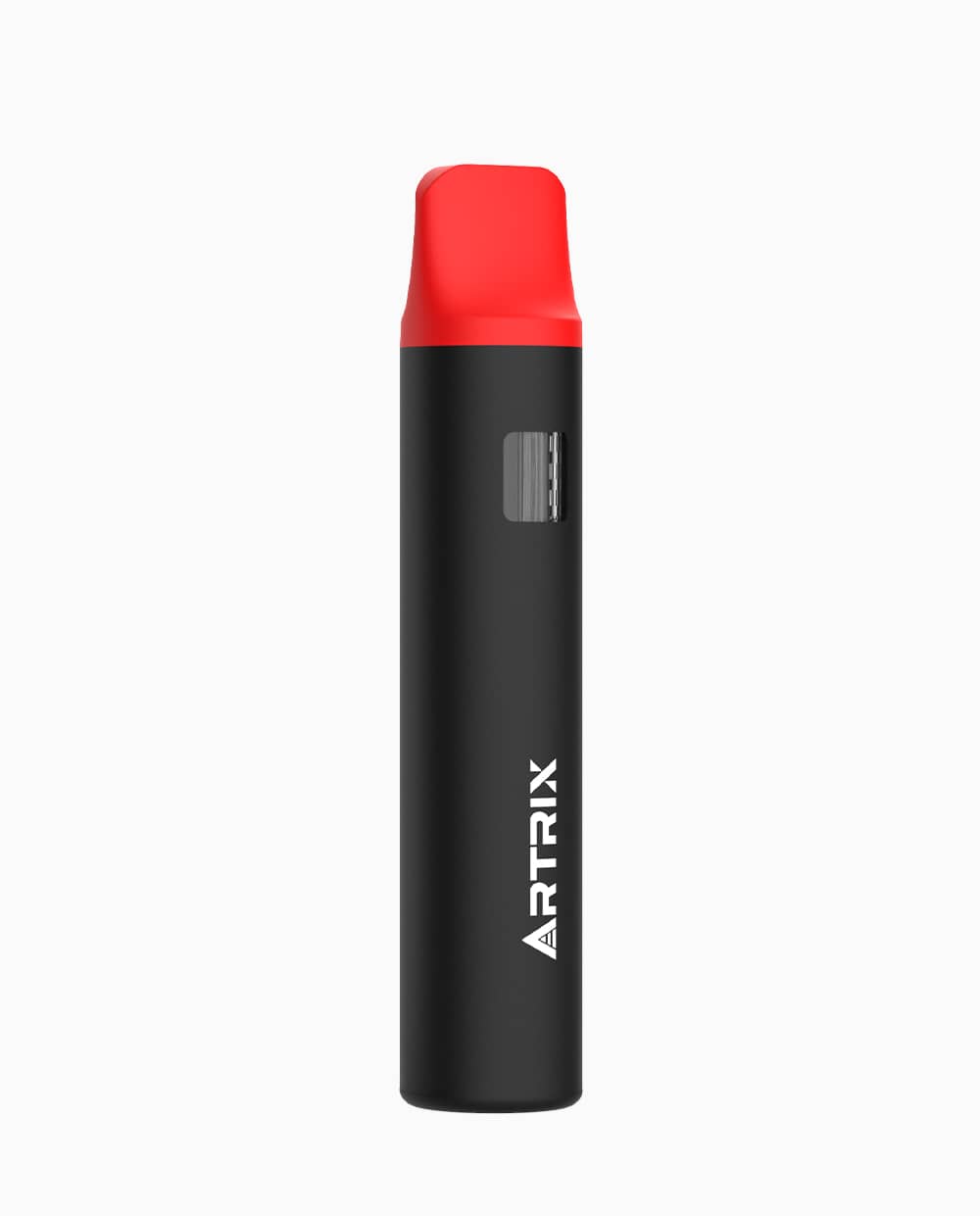
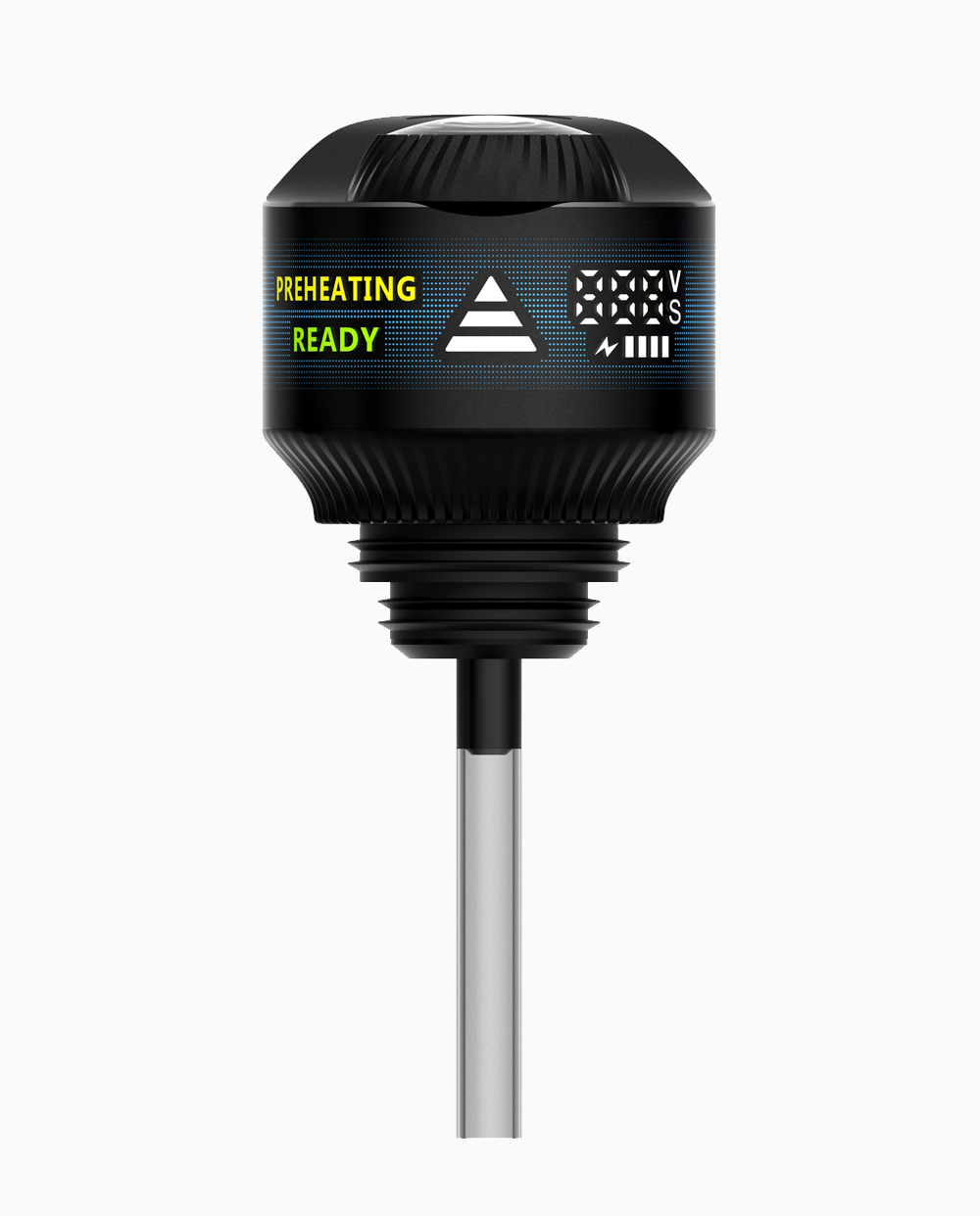
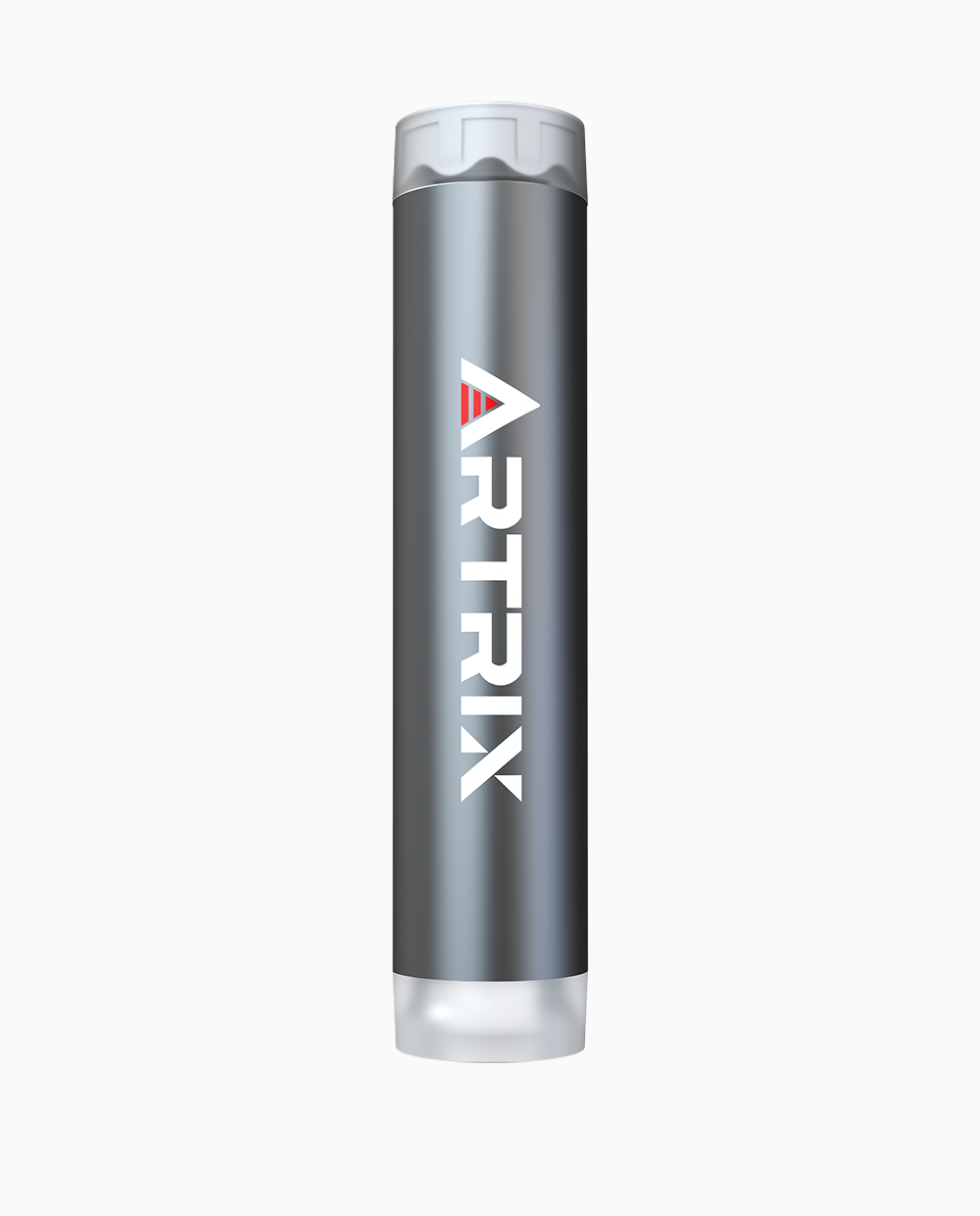
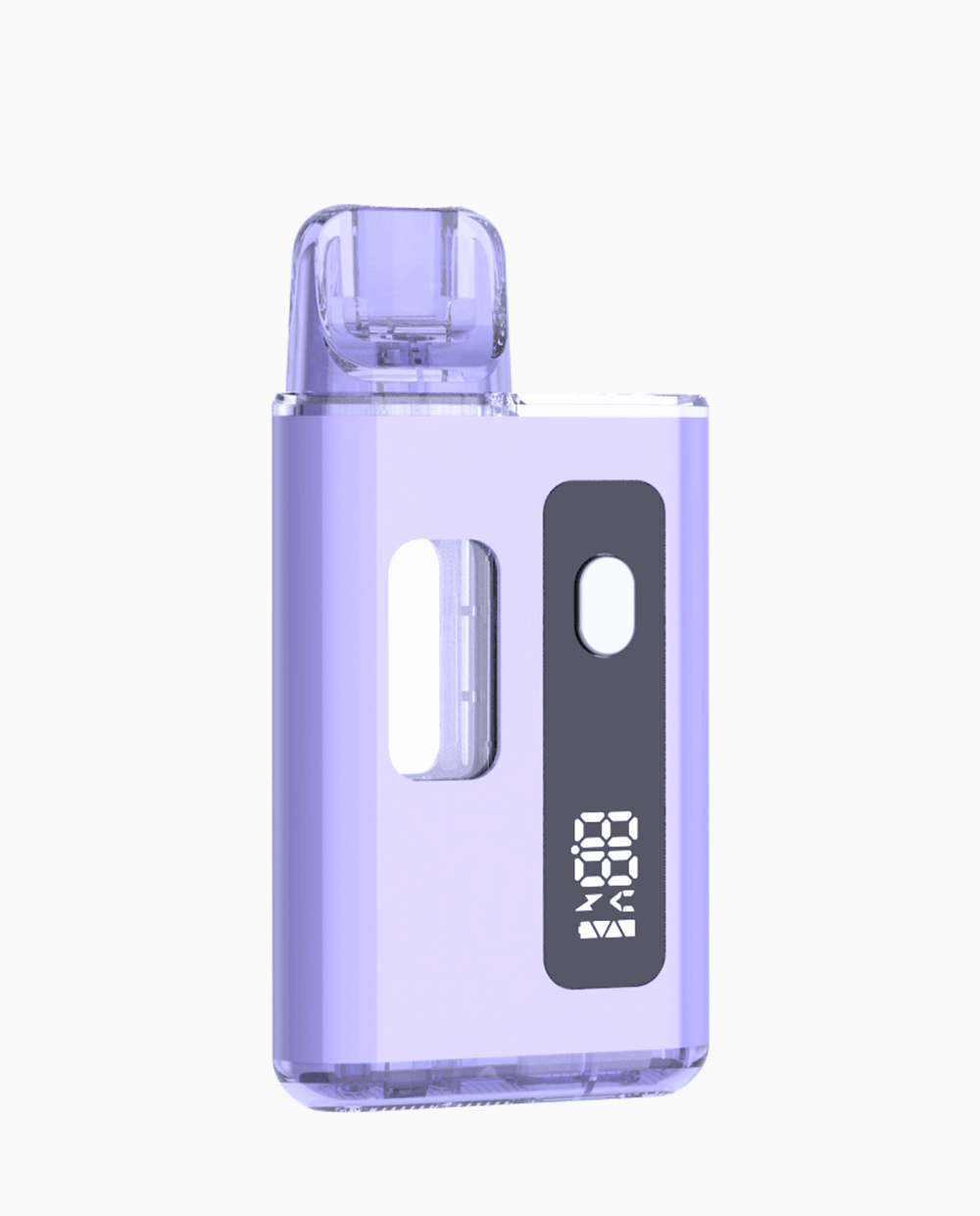
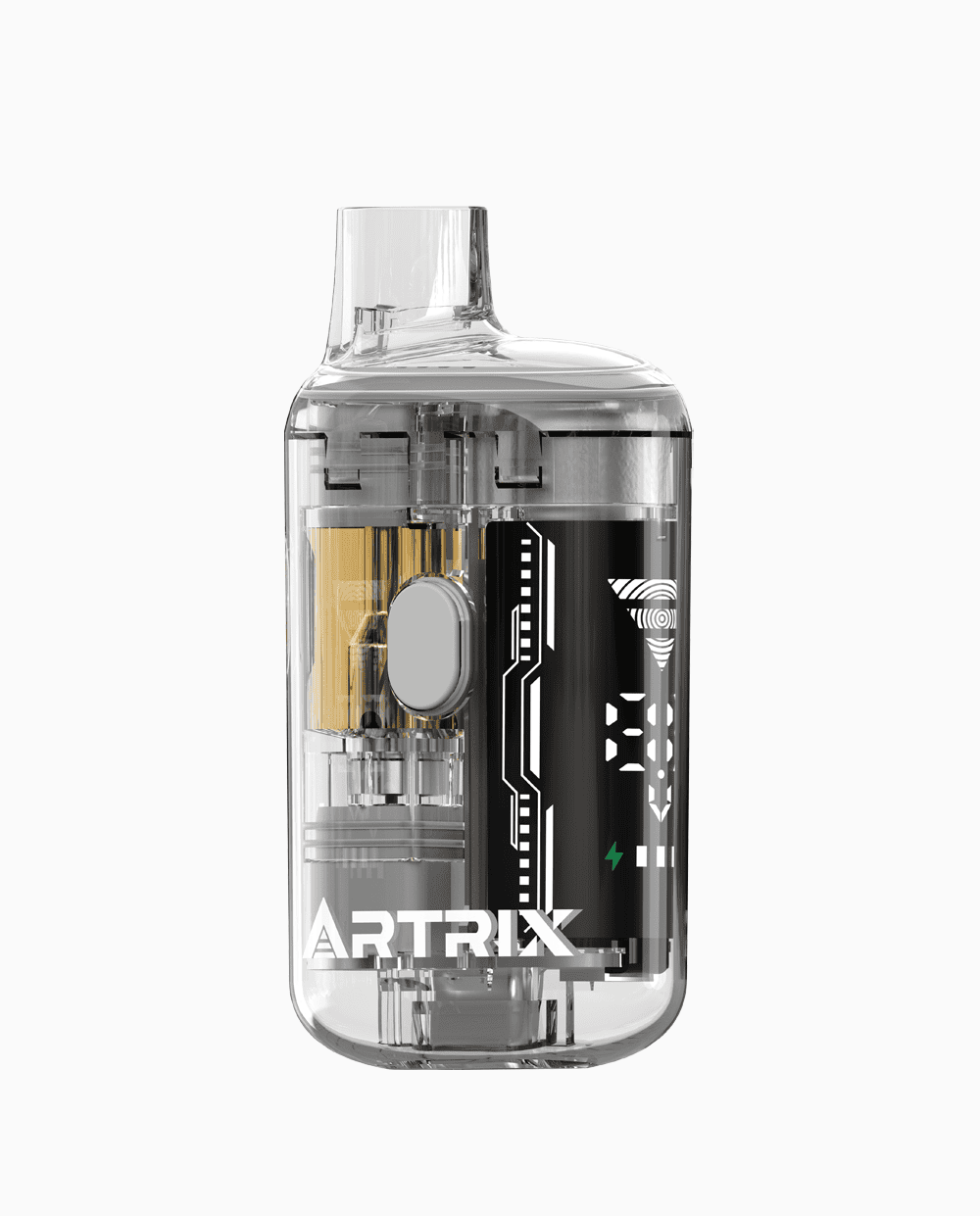
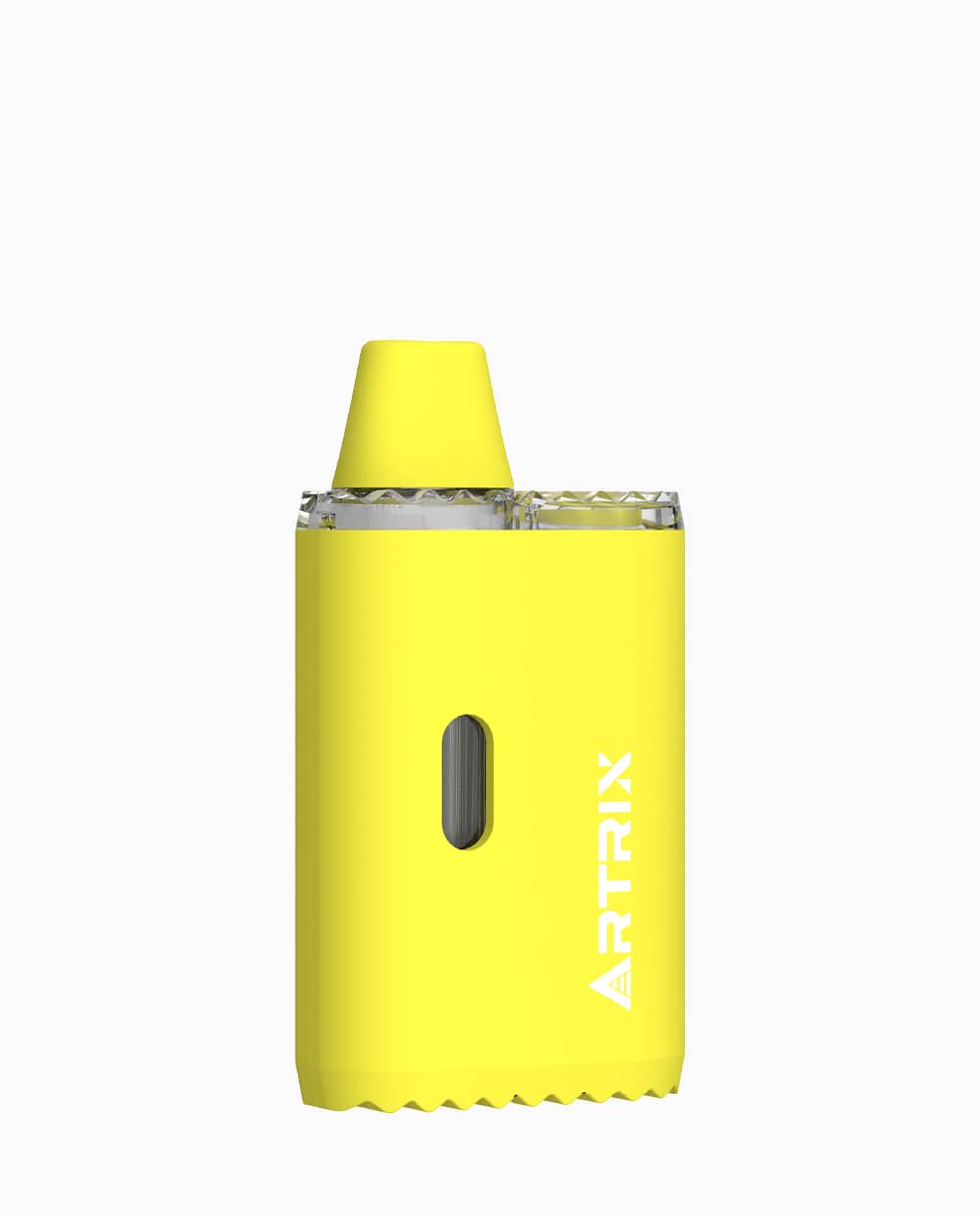
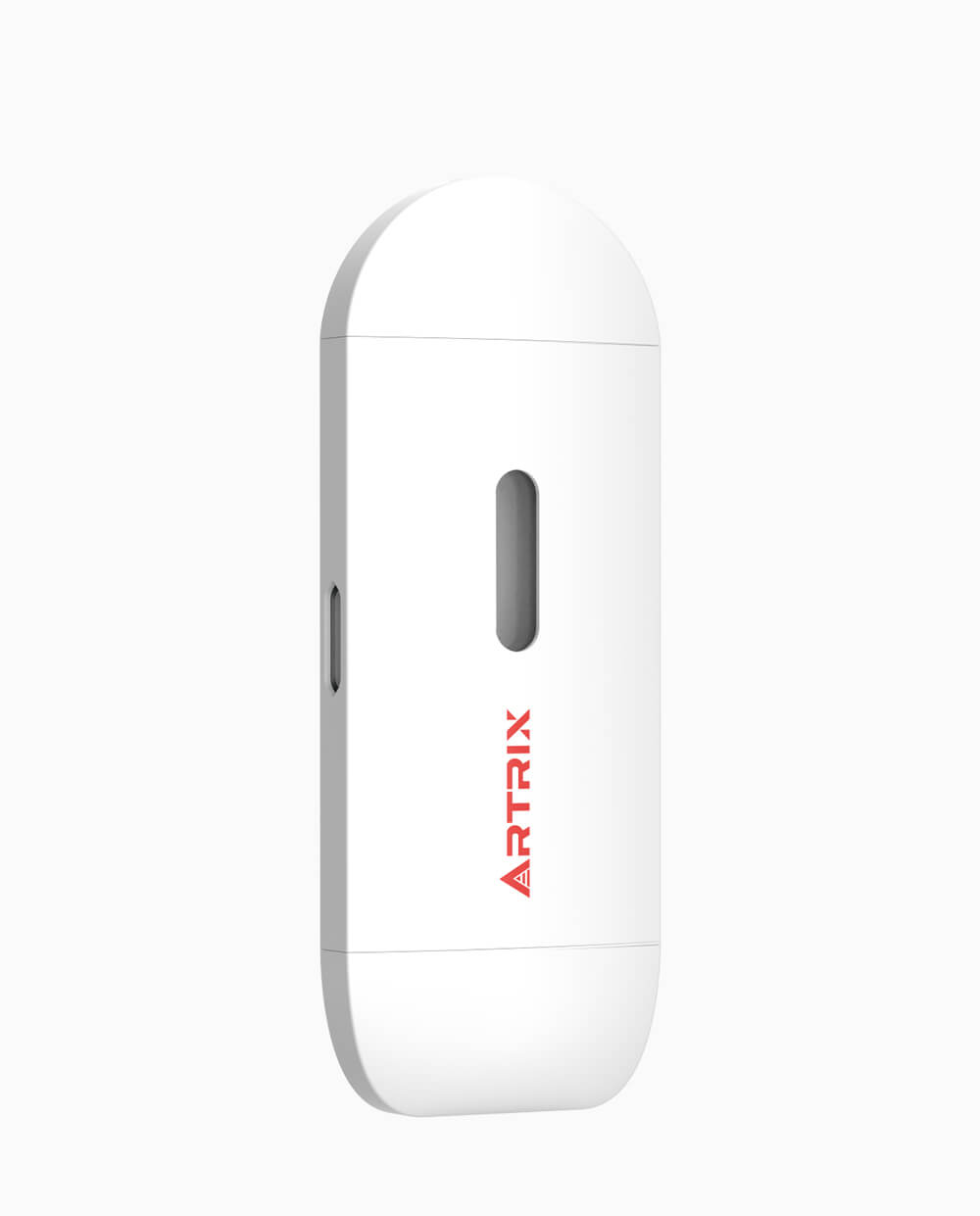
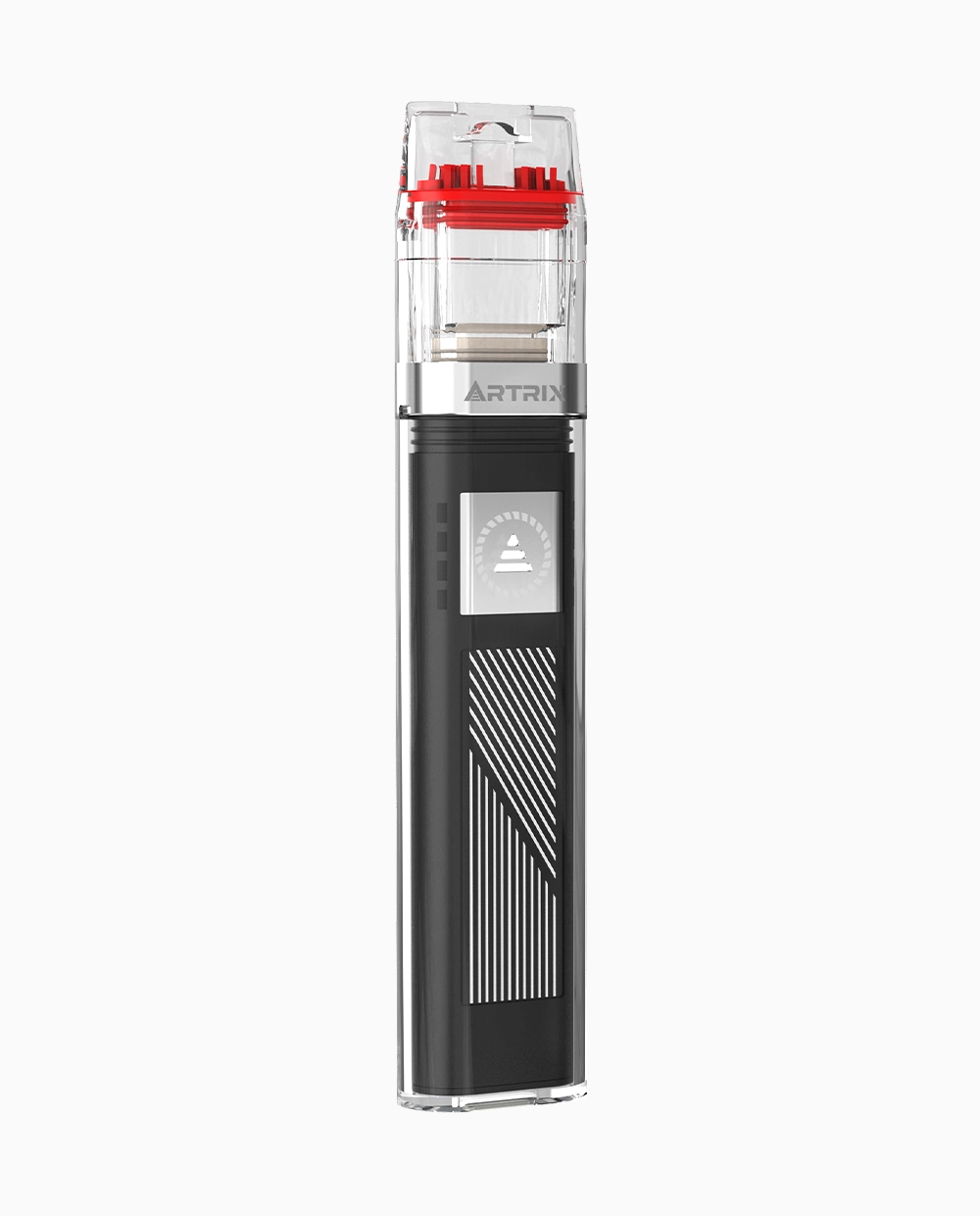
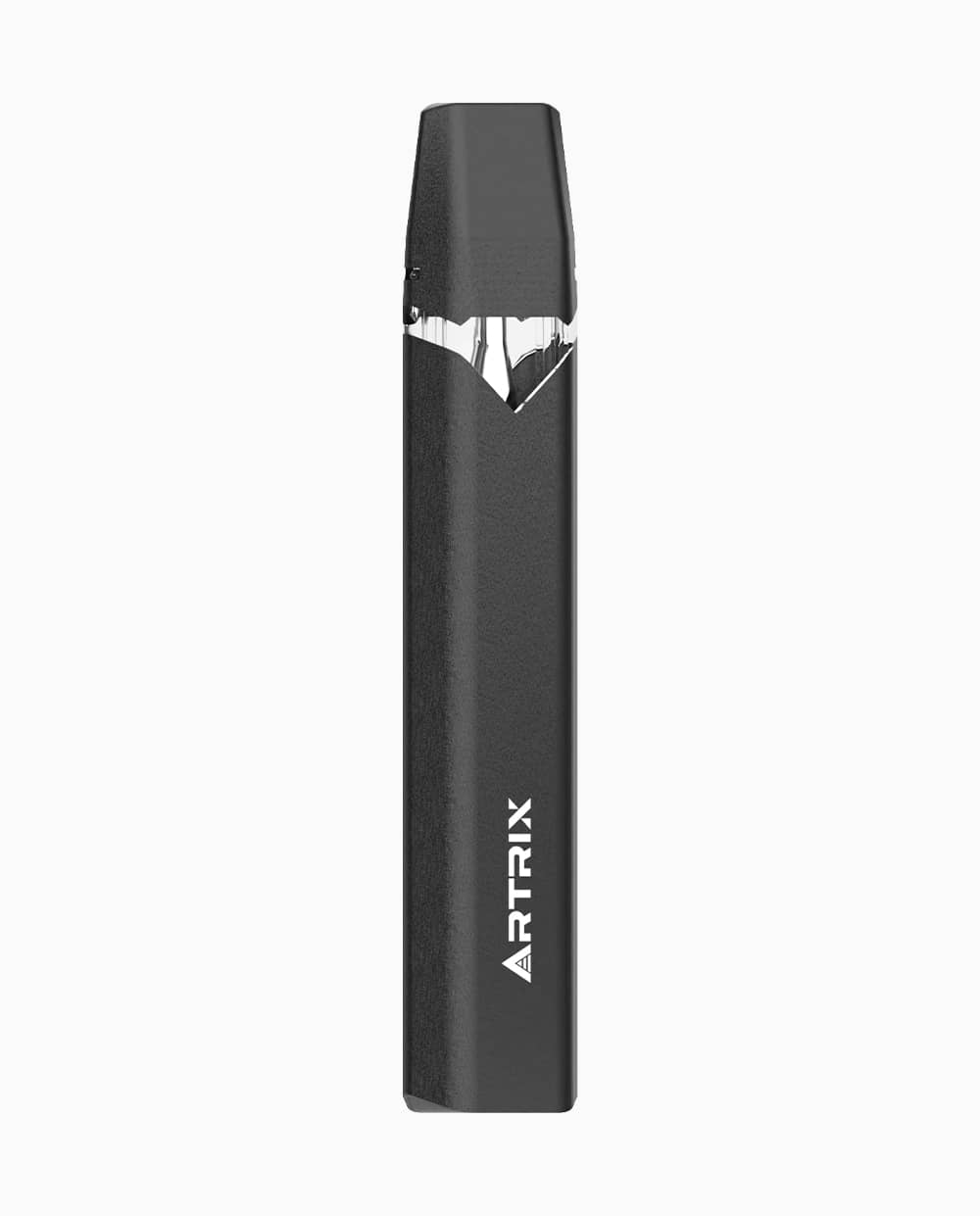
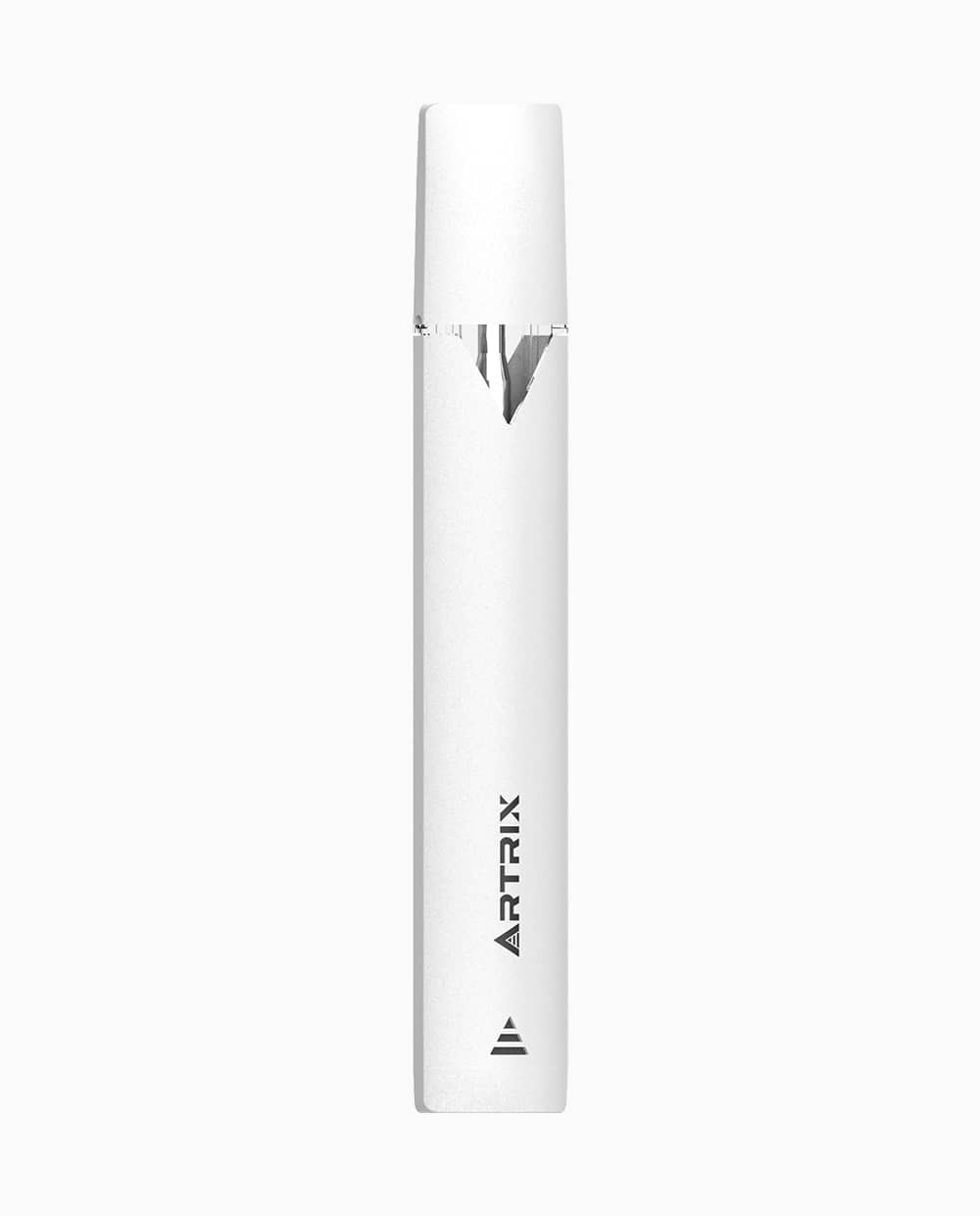
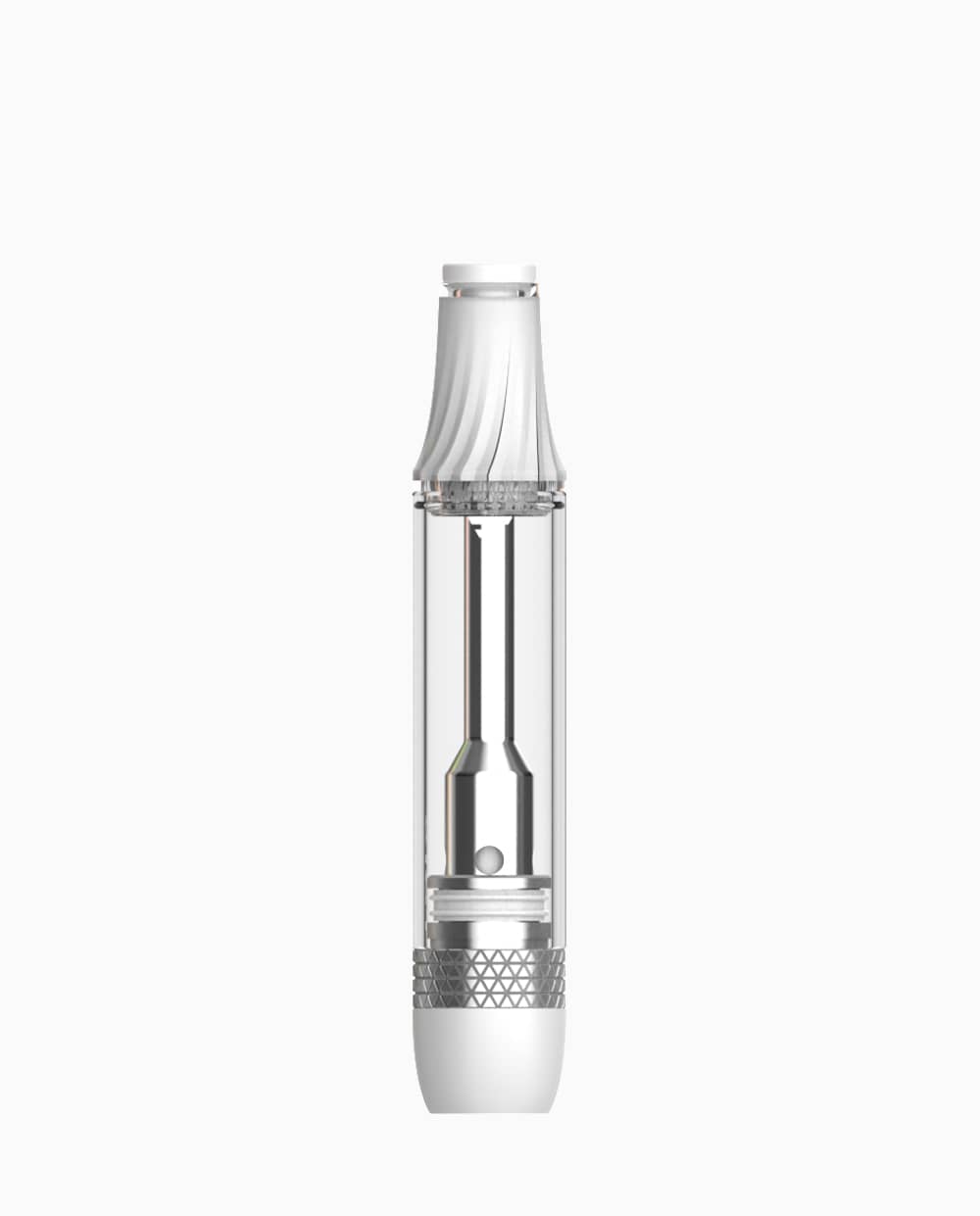

-1.webp)
-1.webp)
-2.webp)
